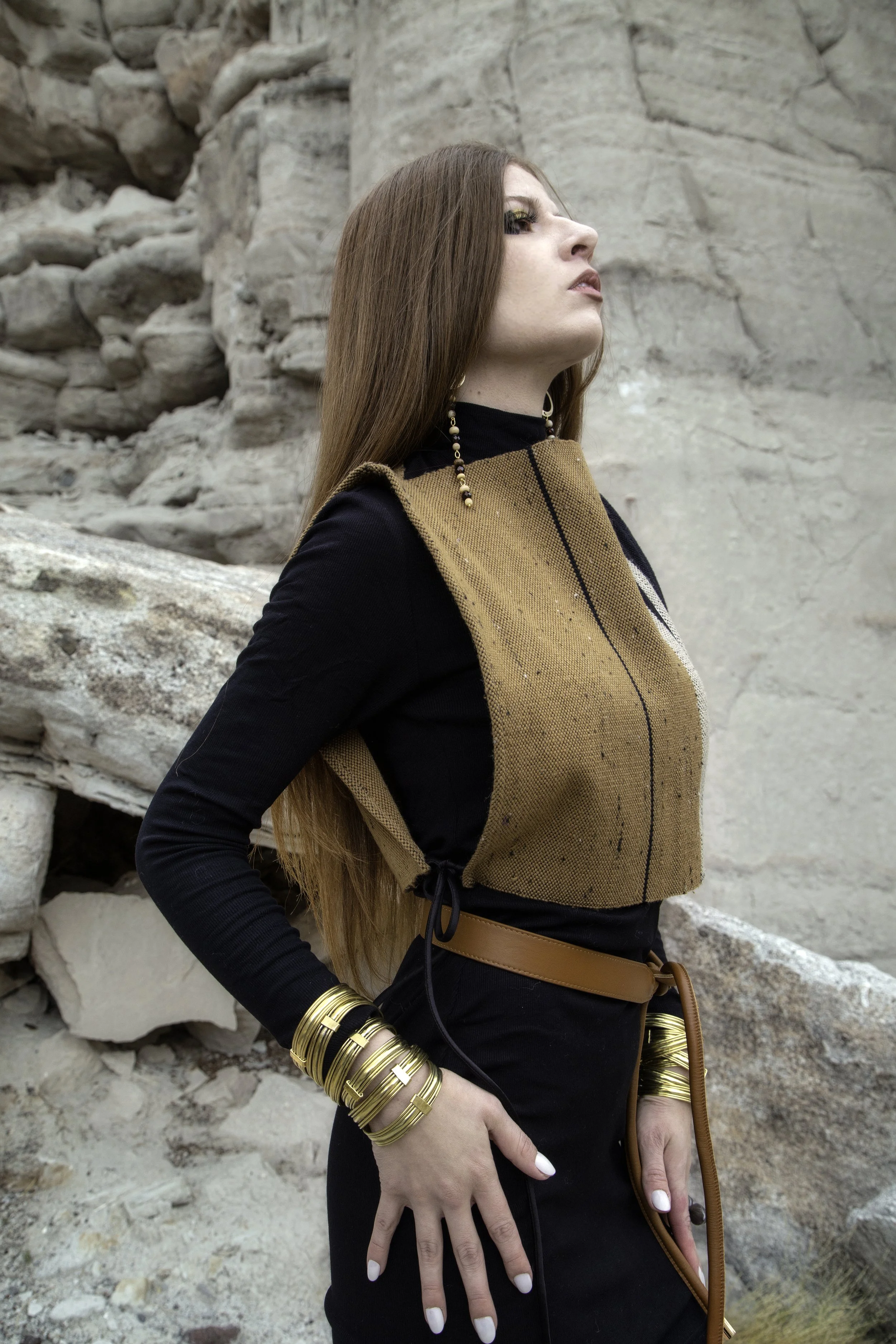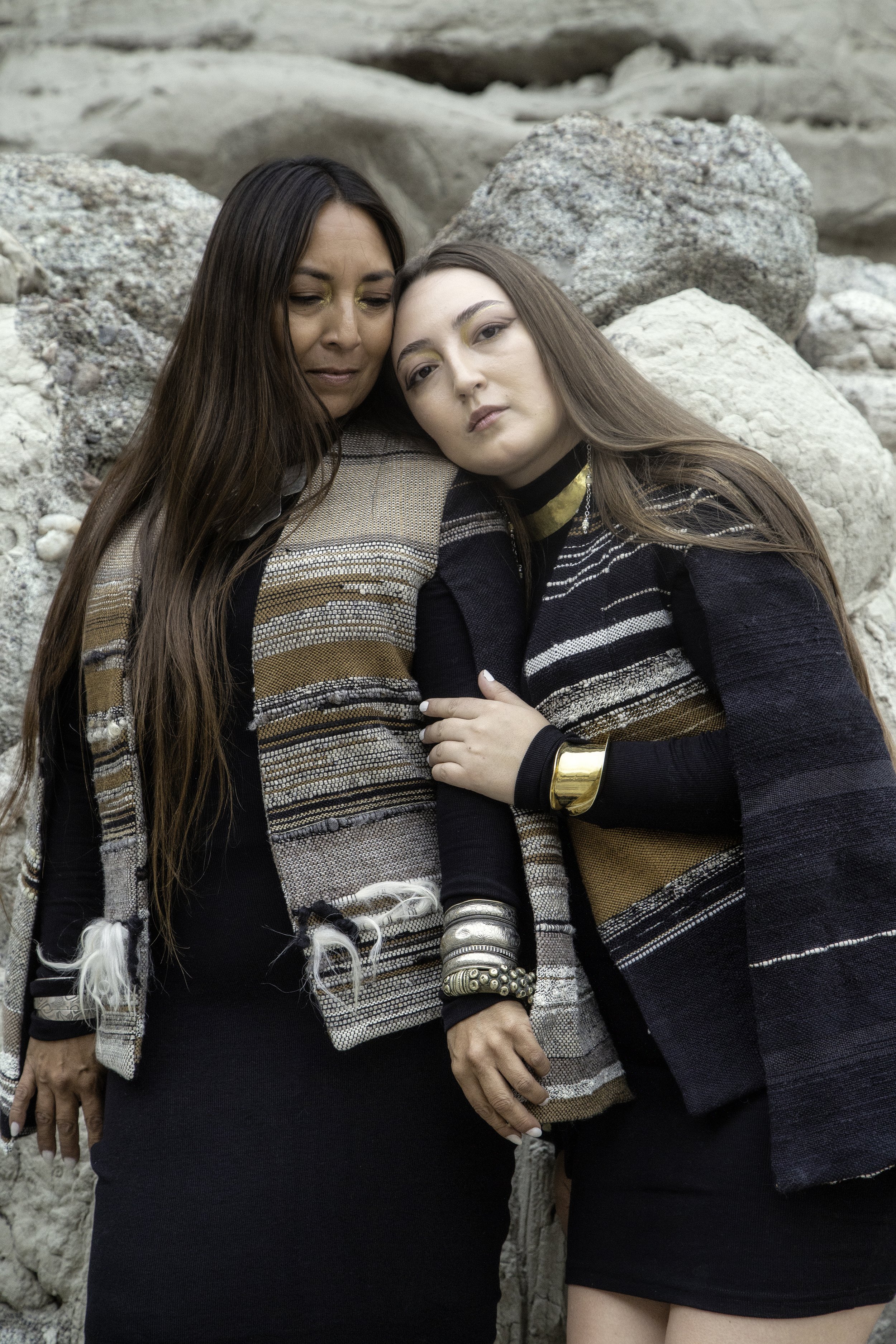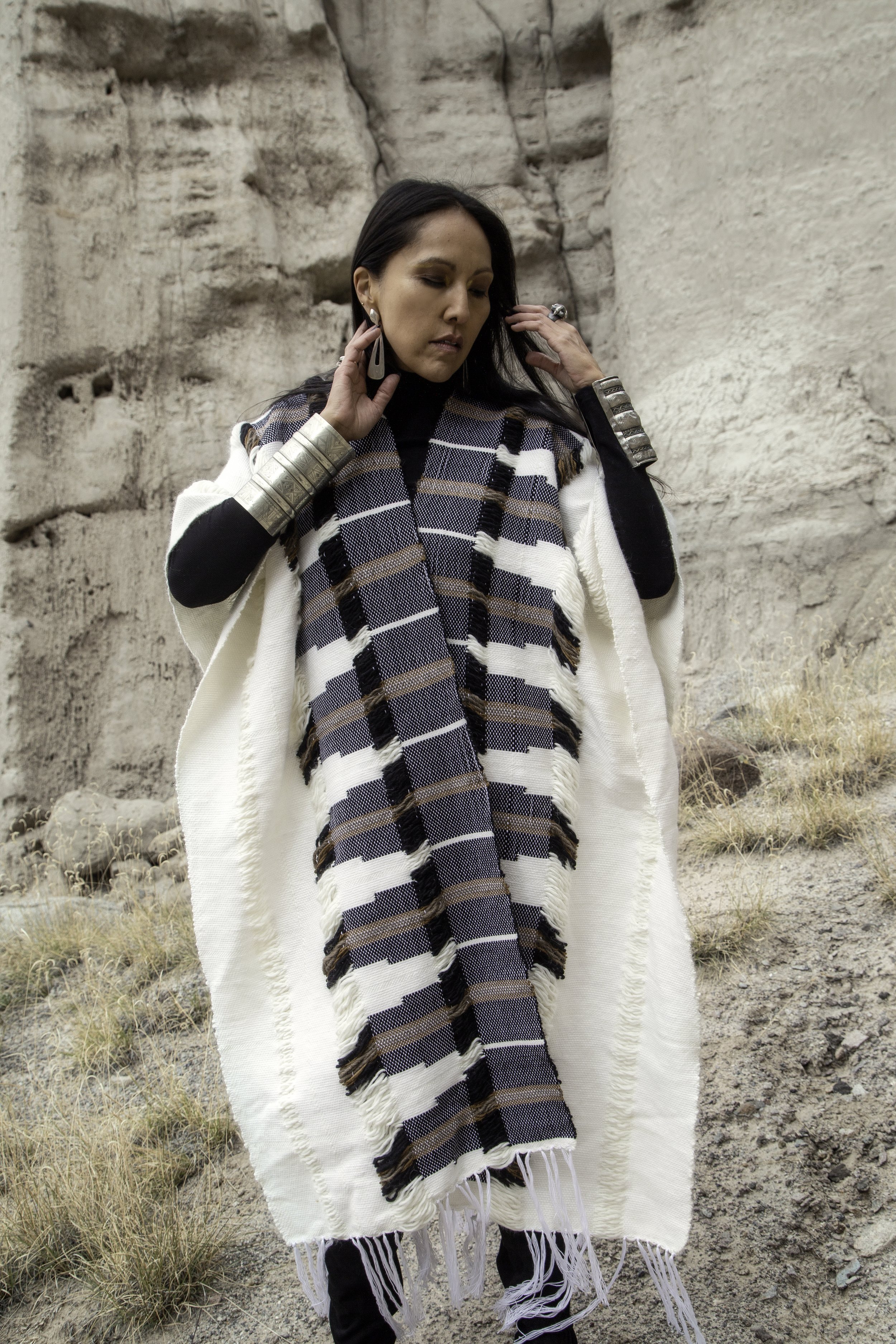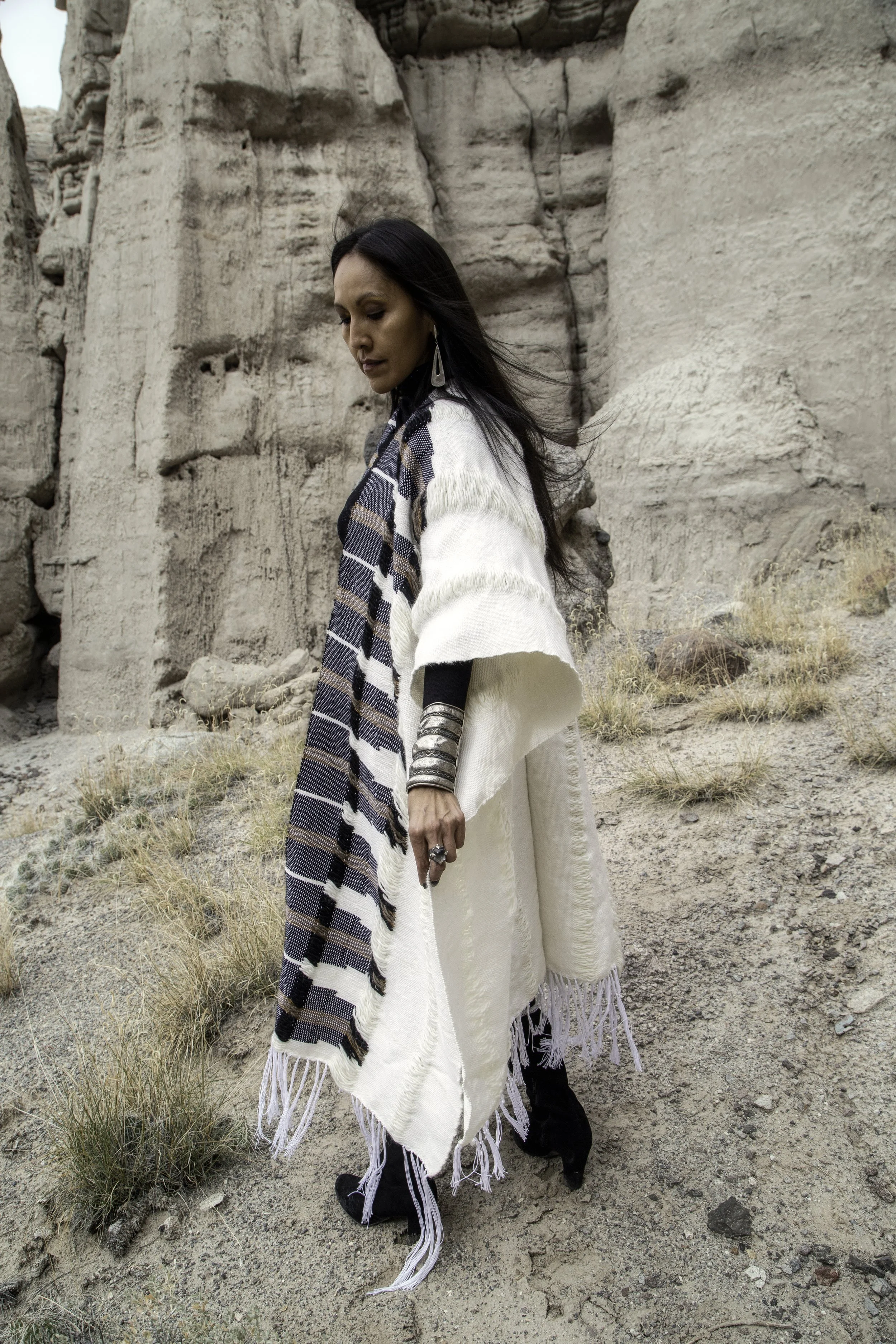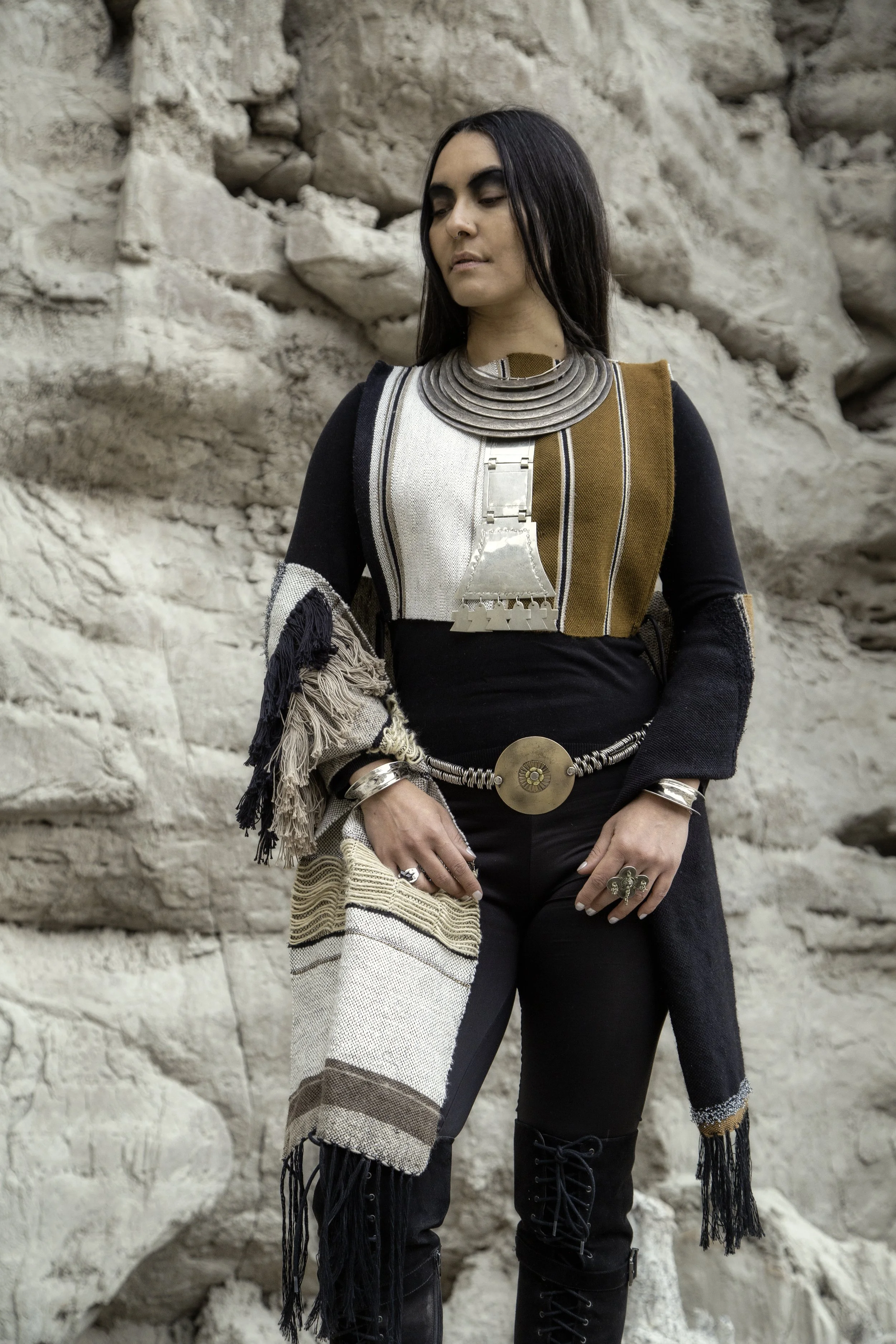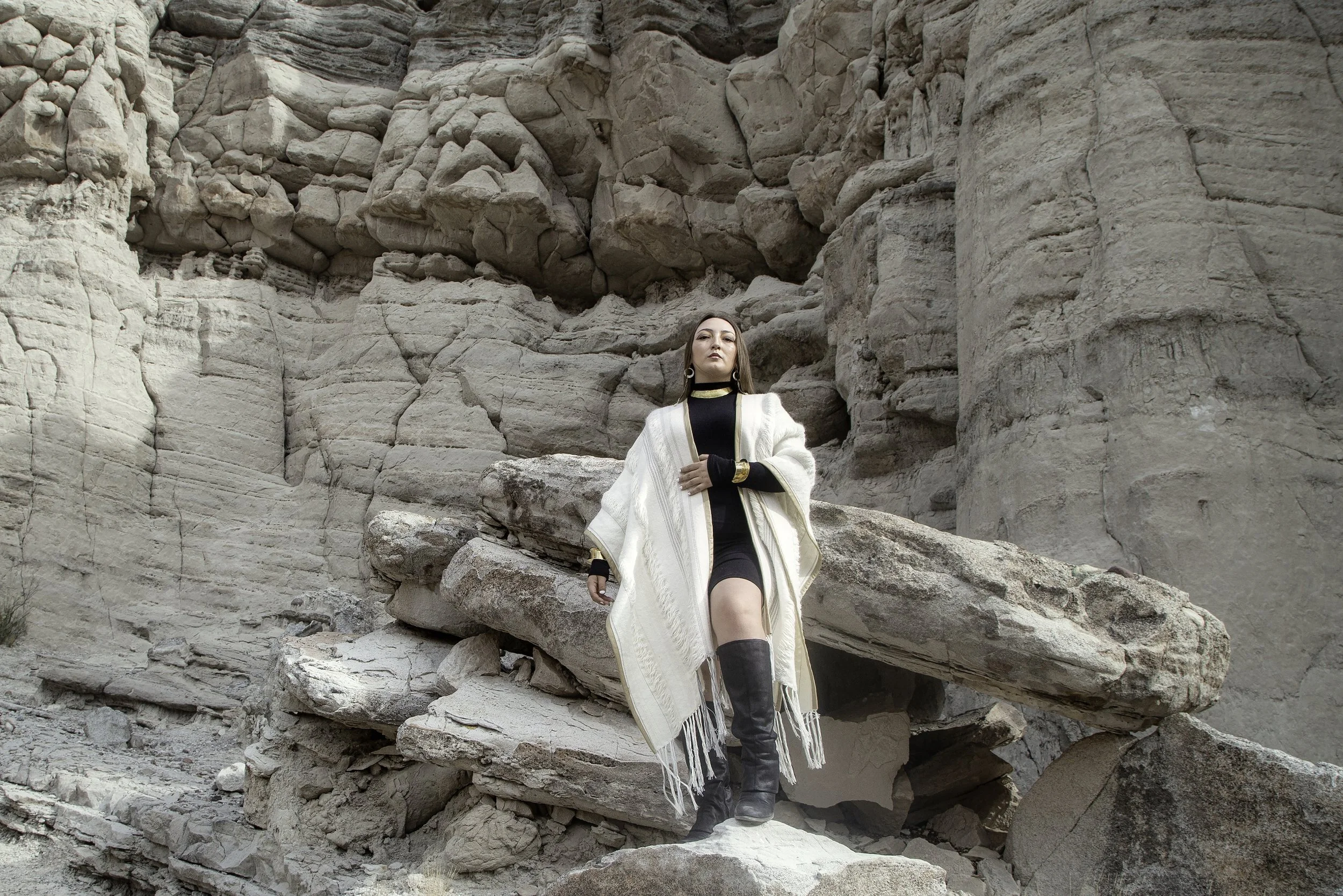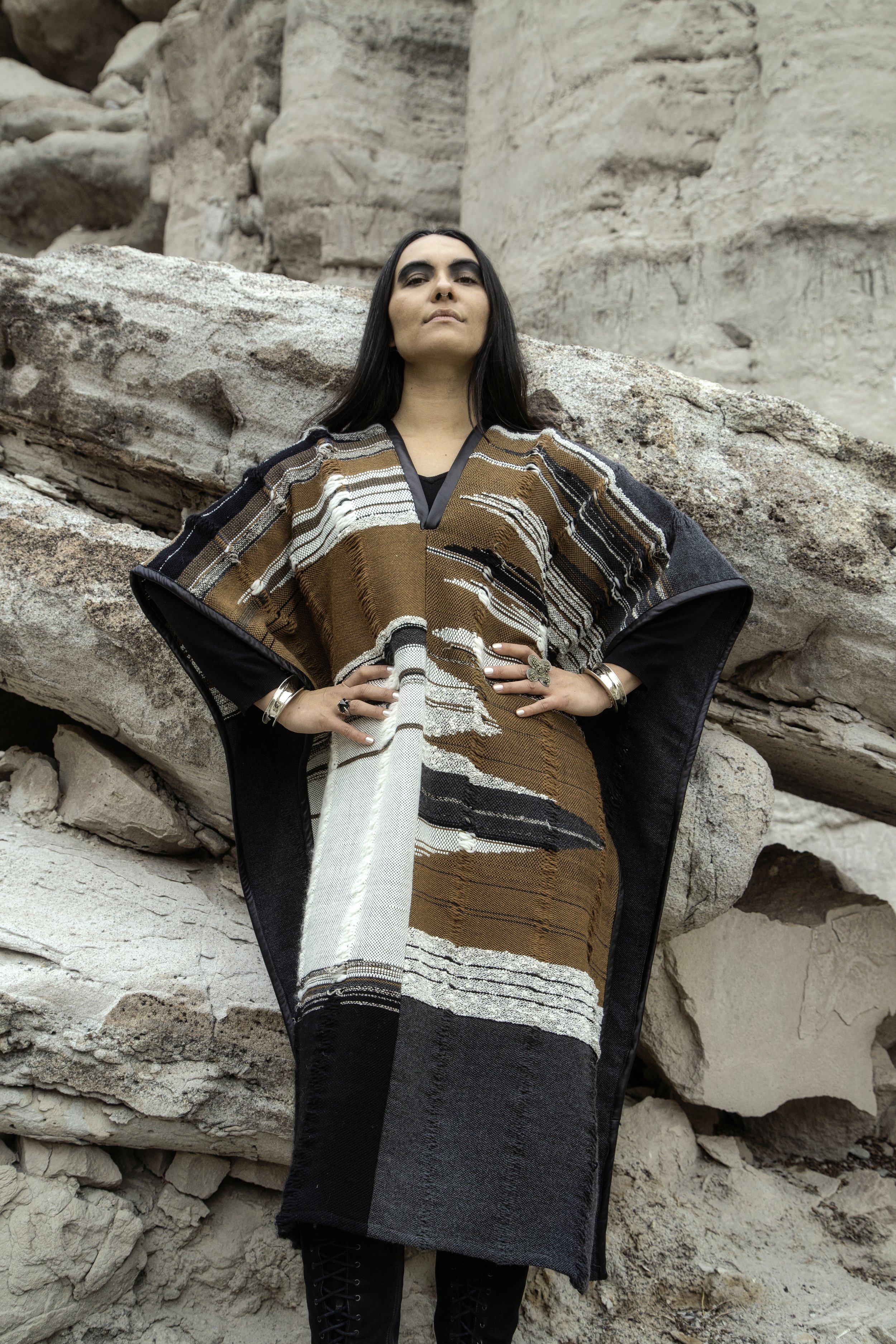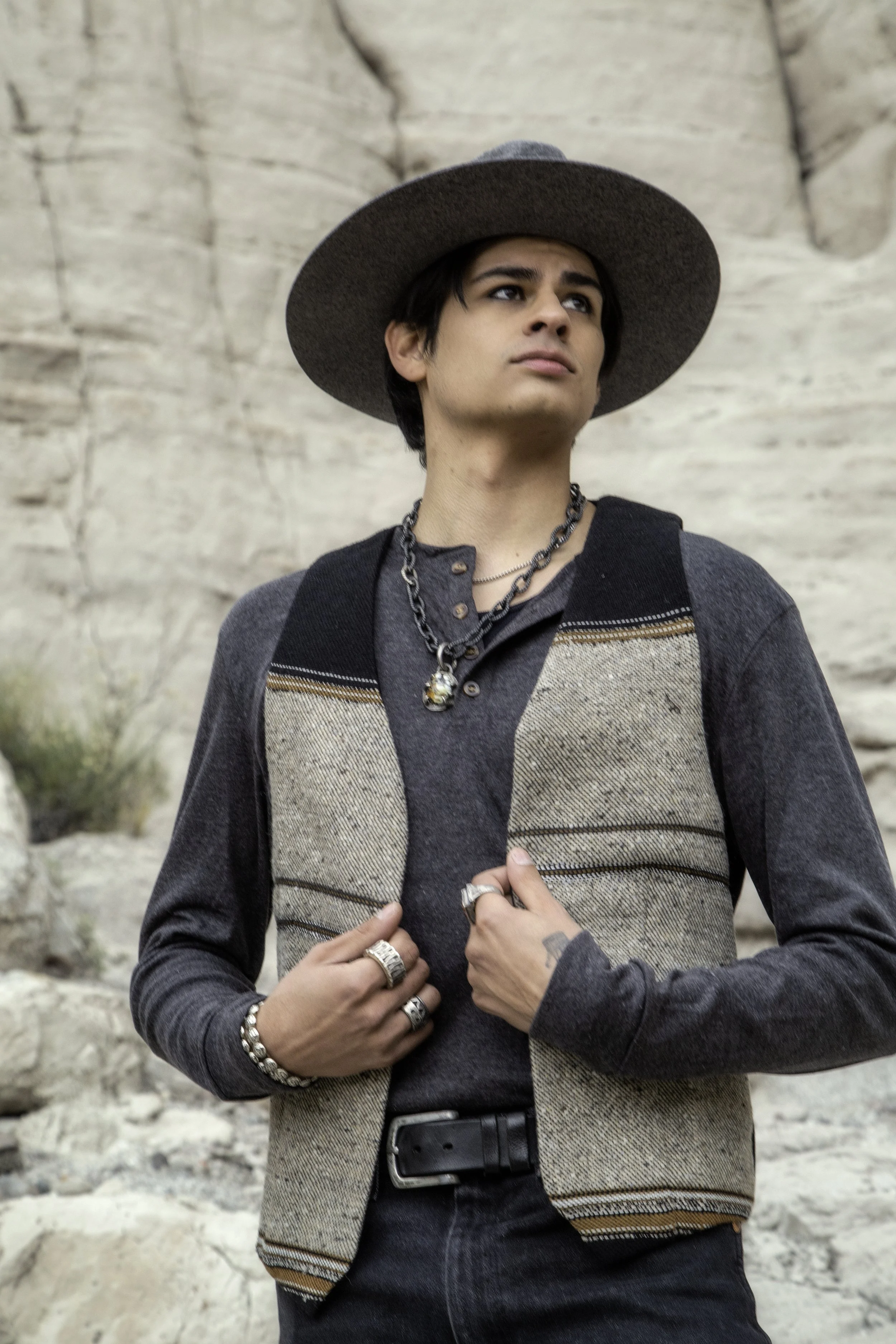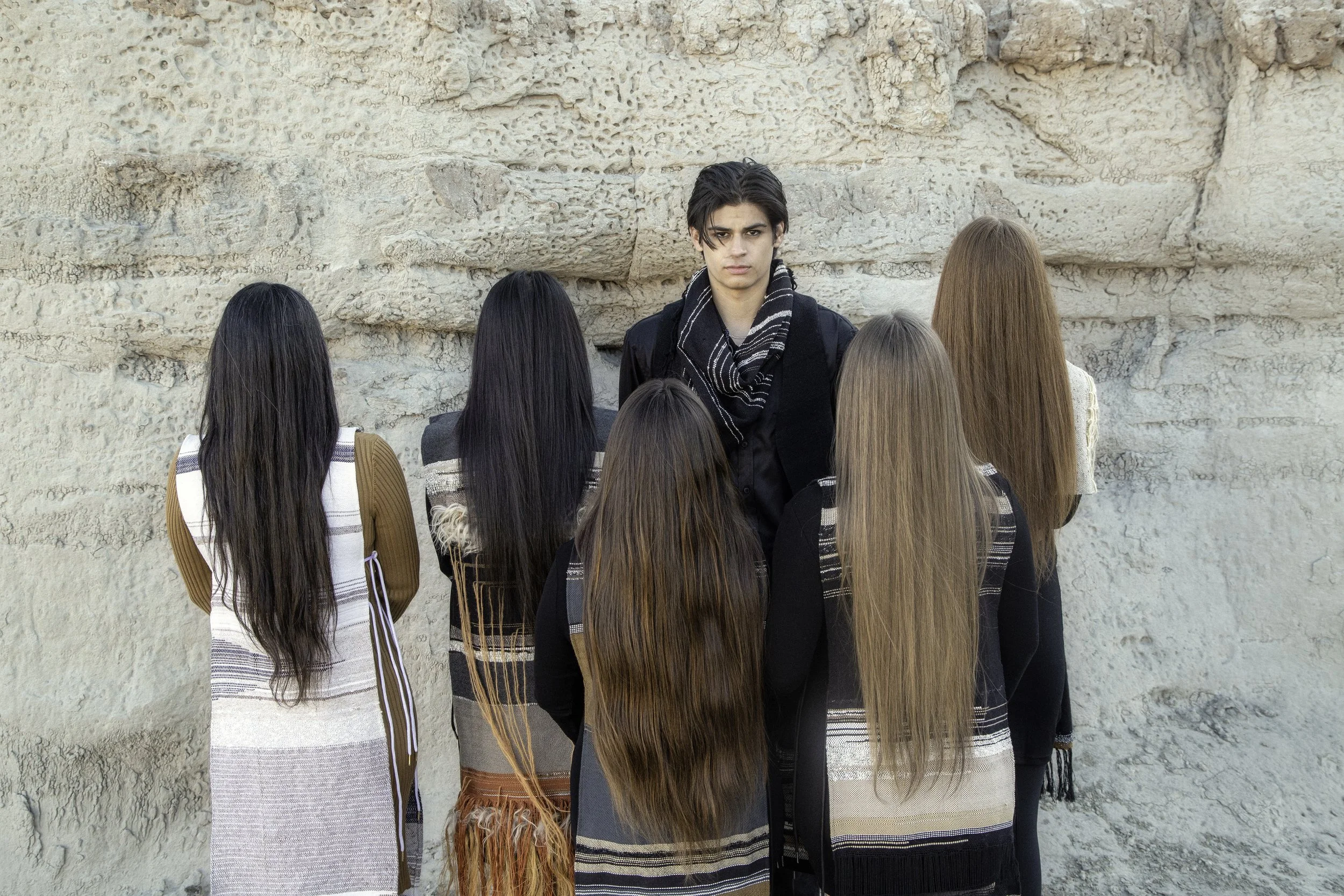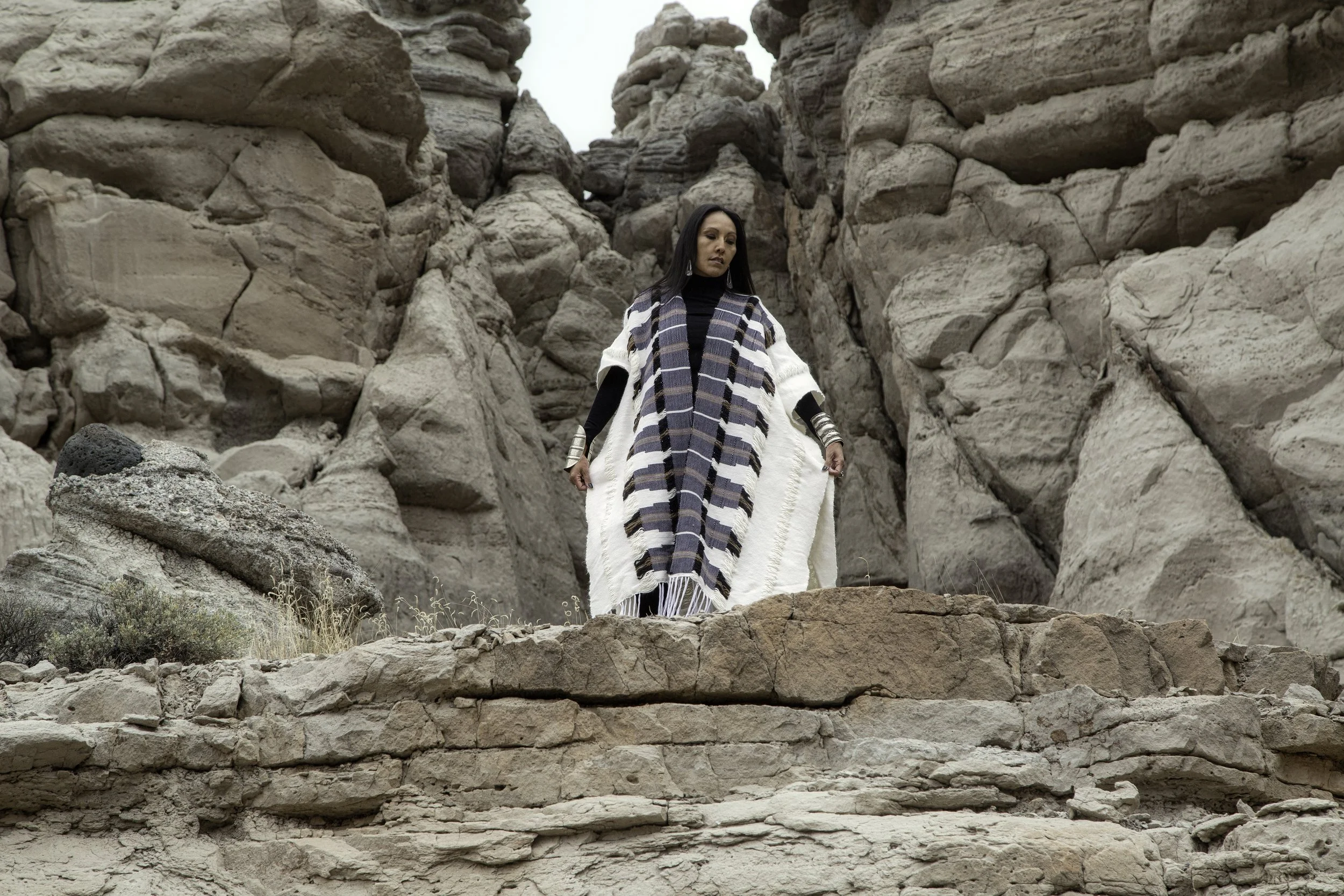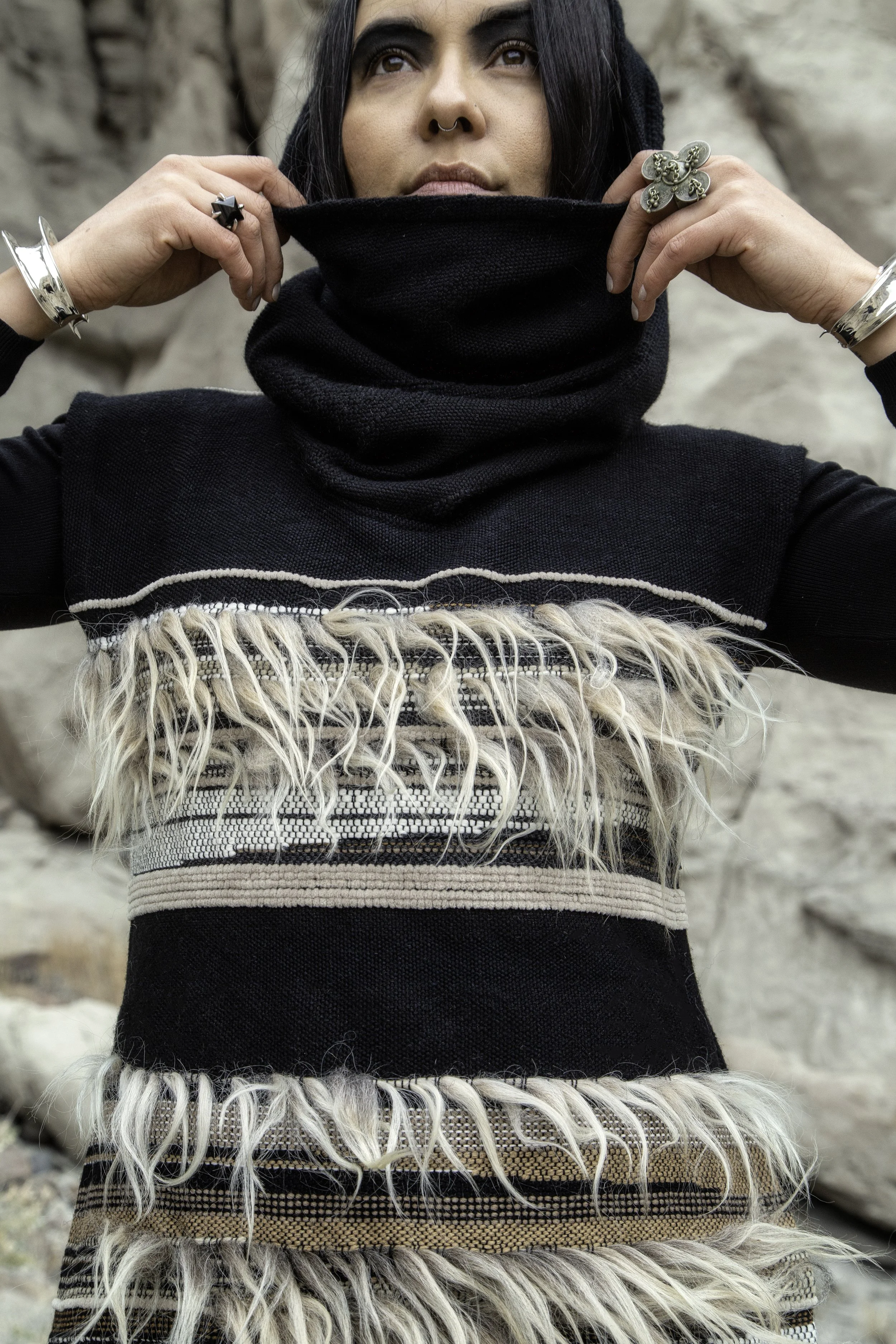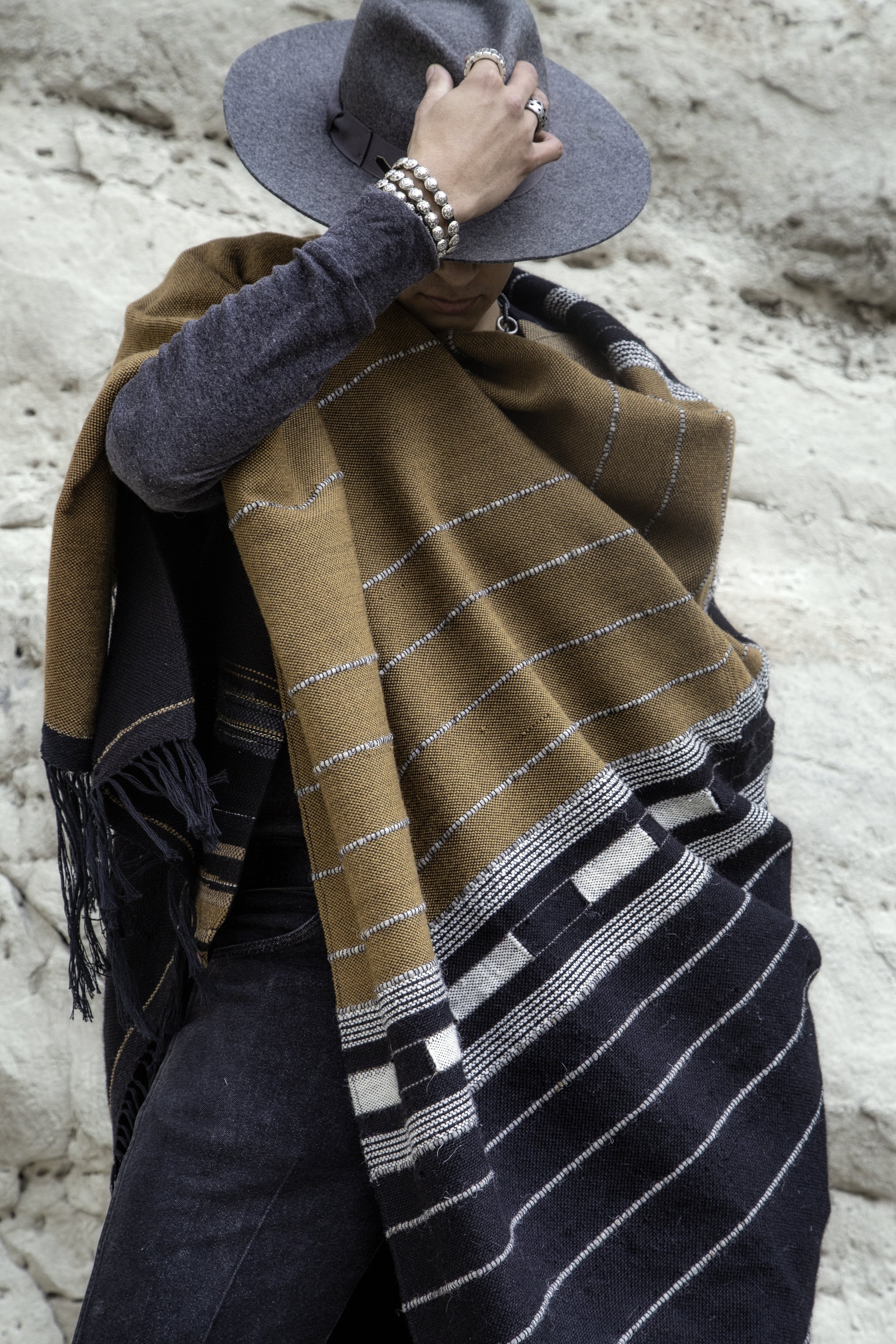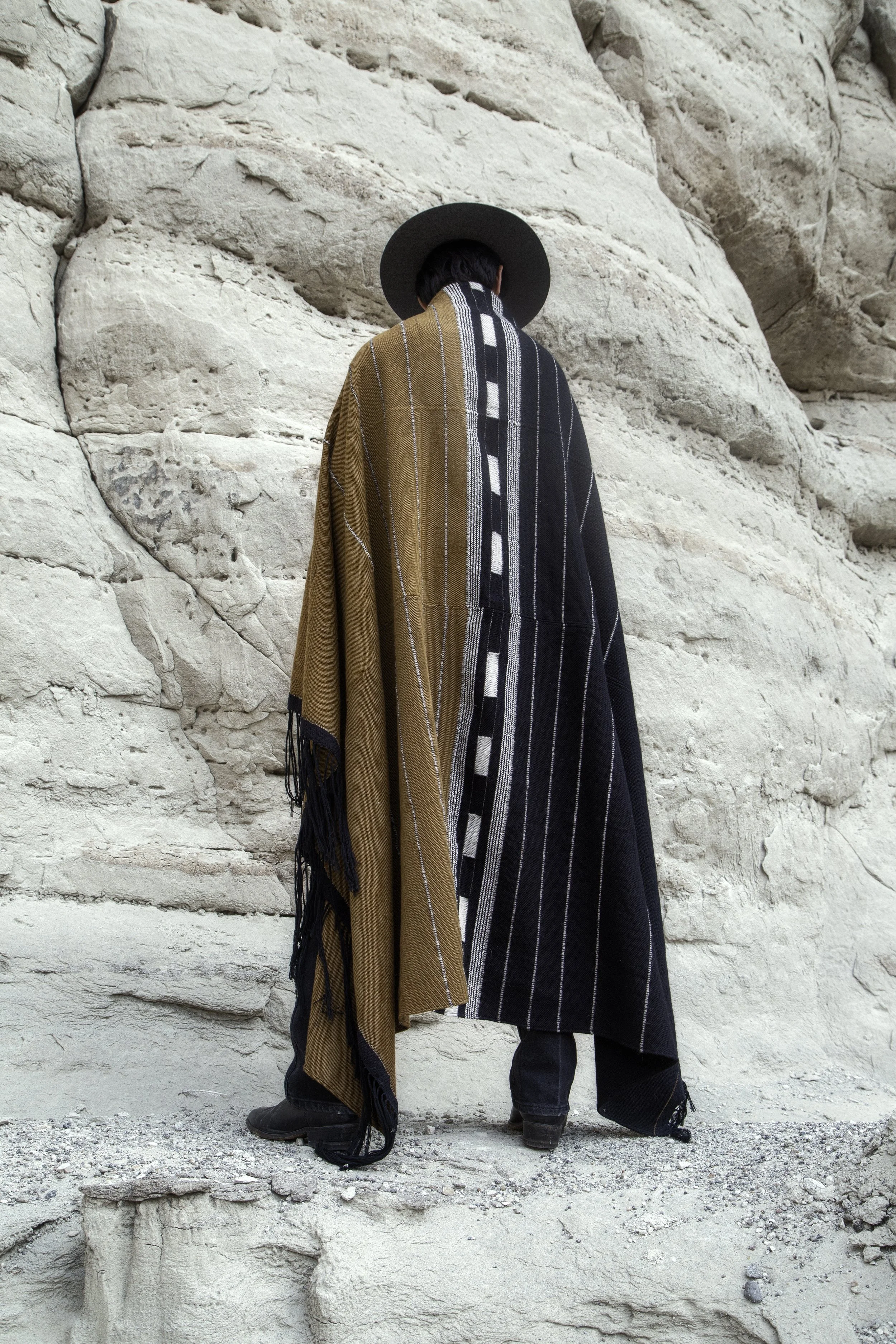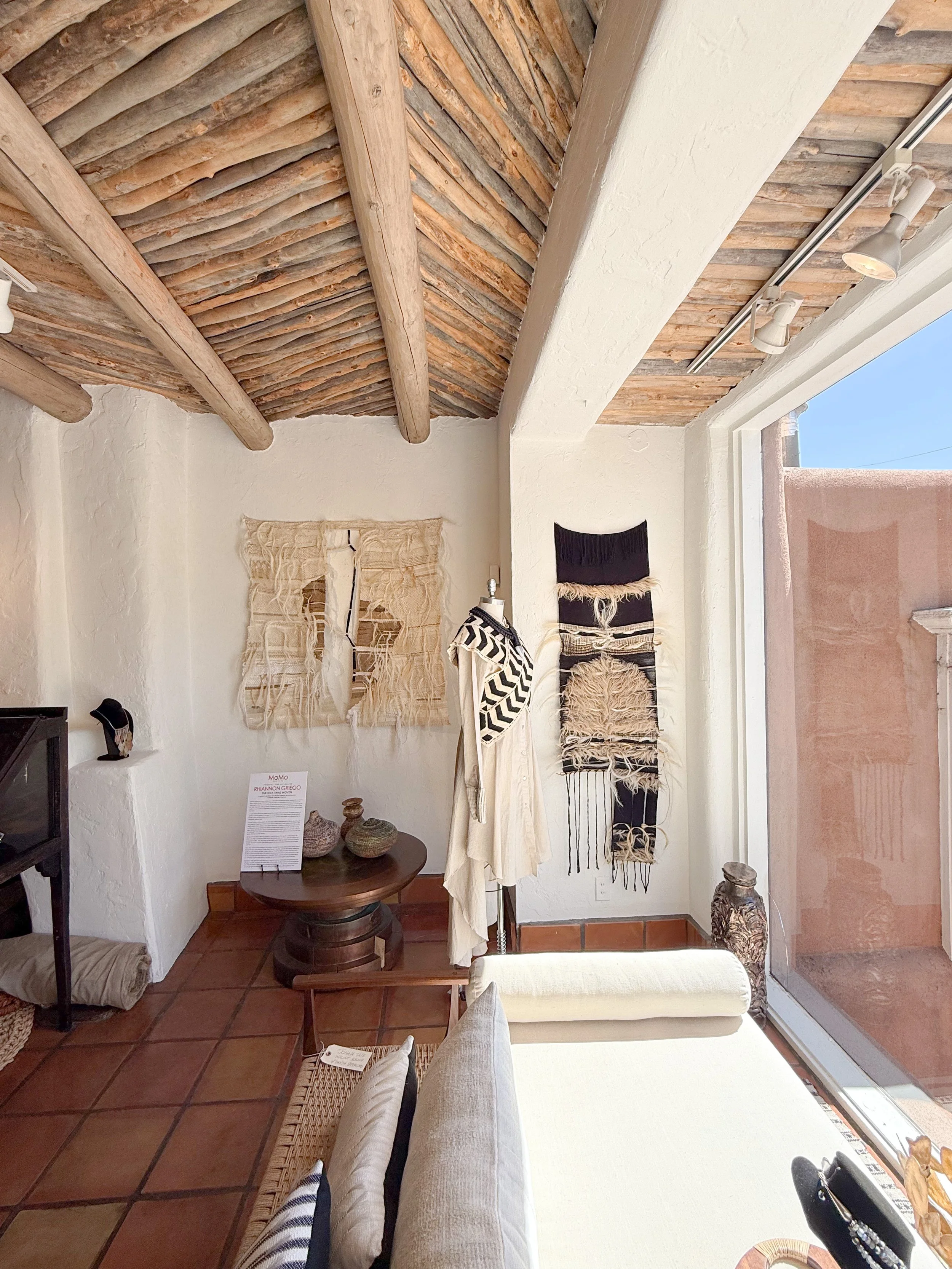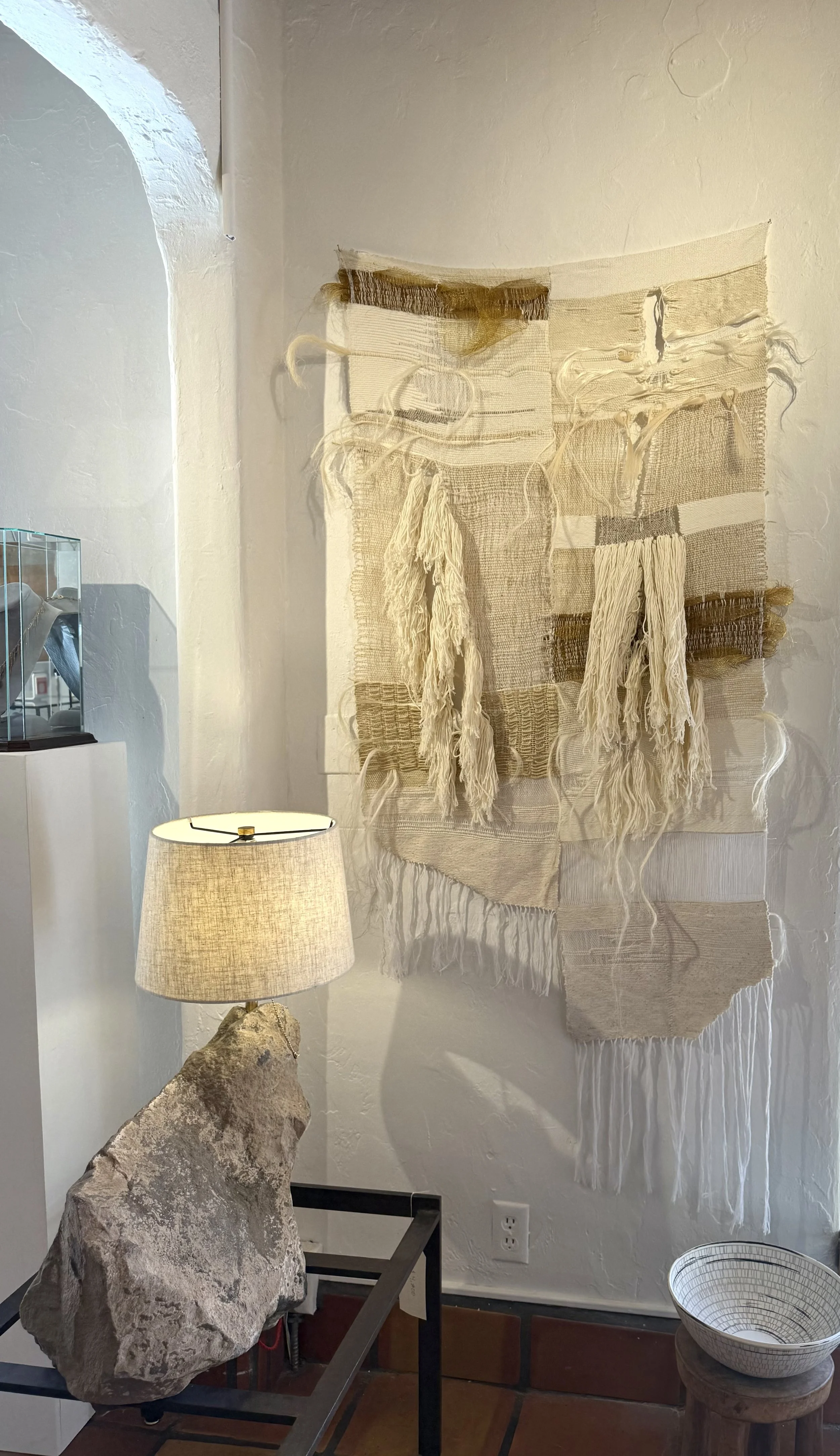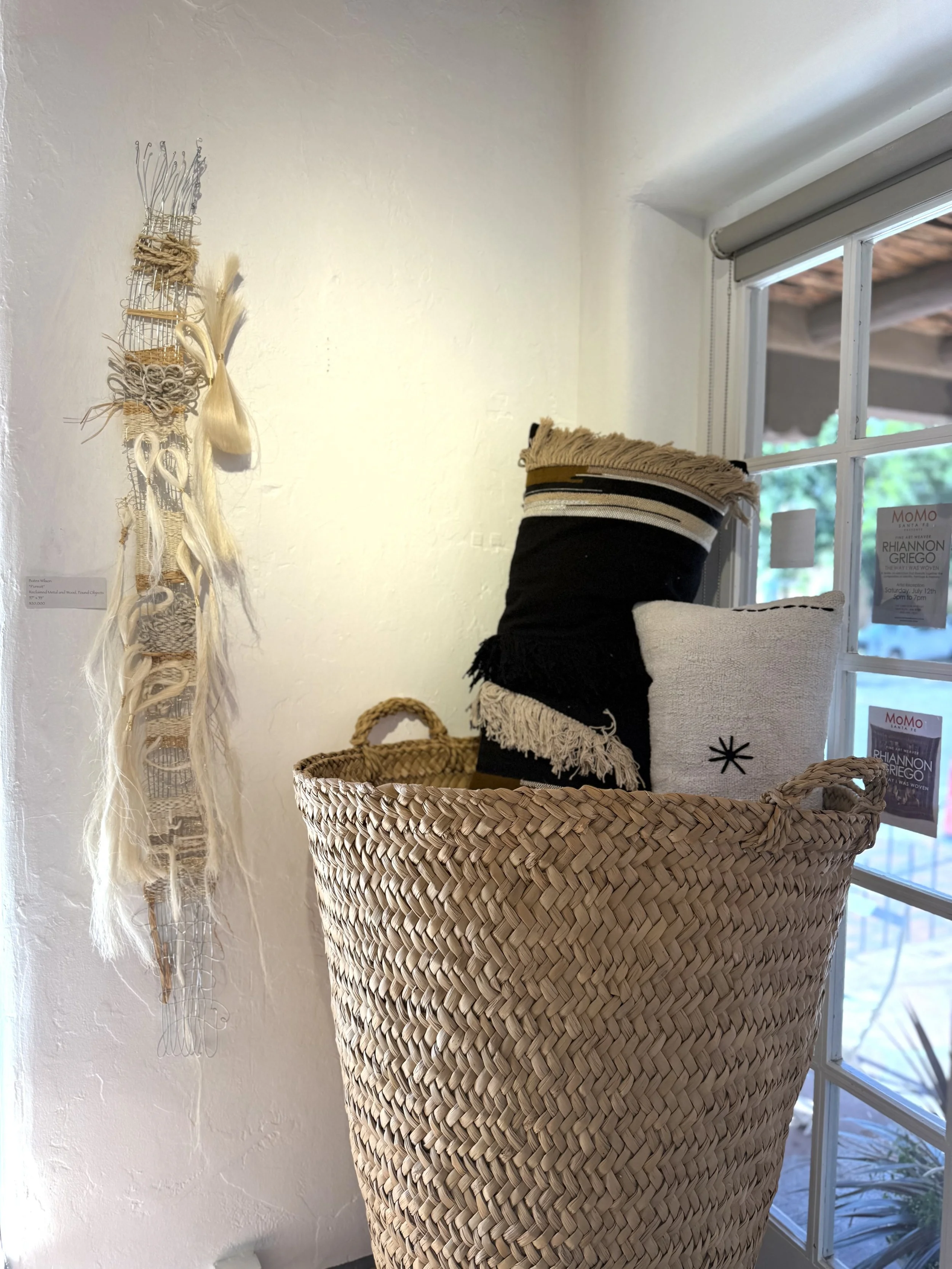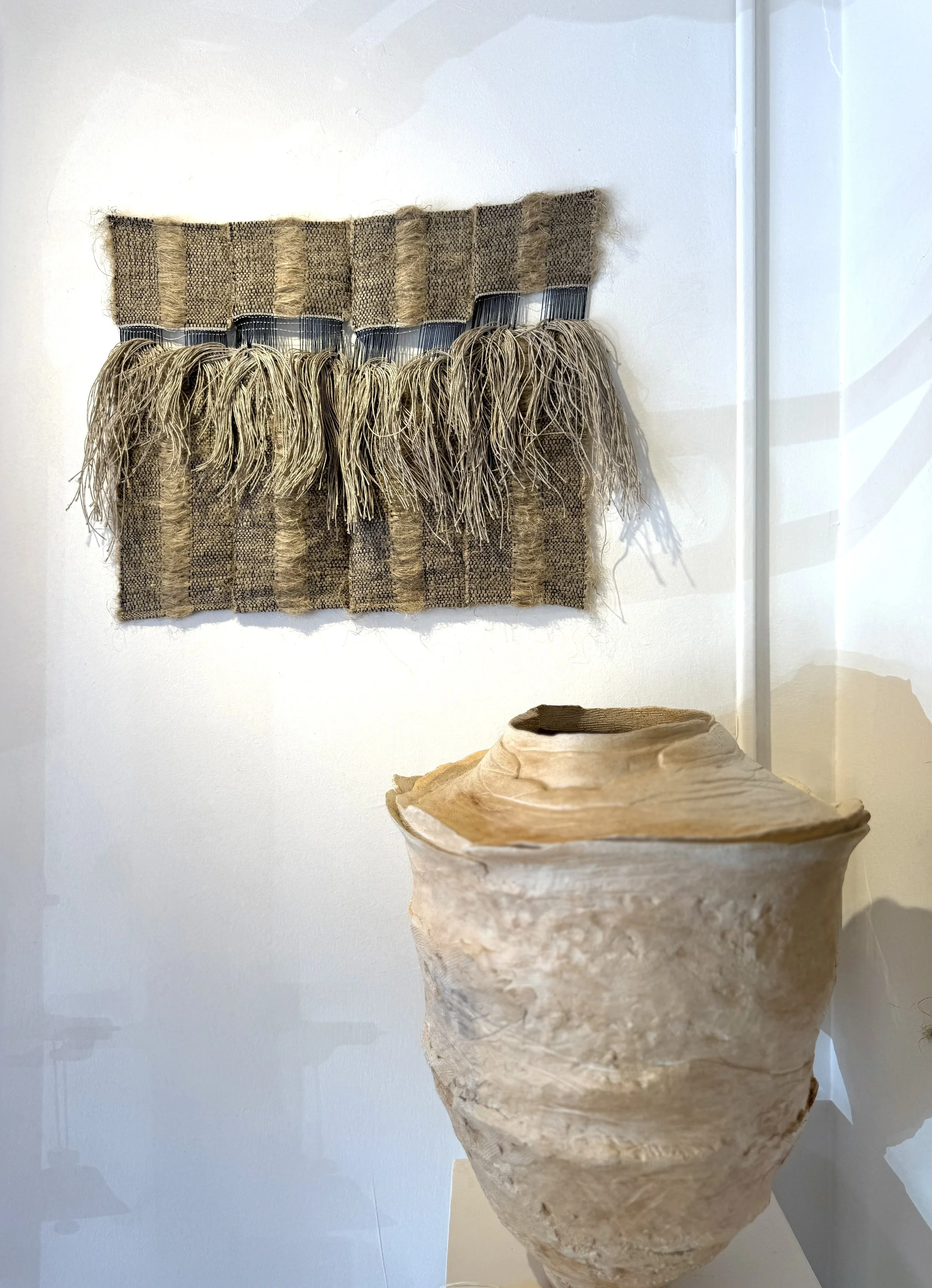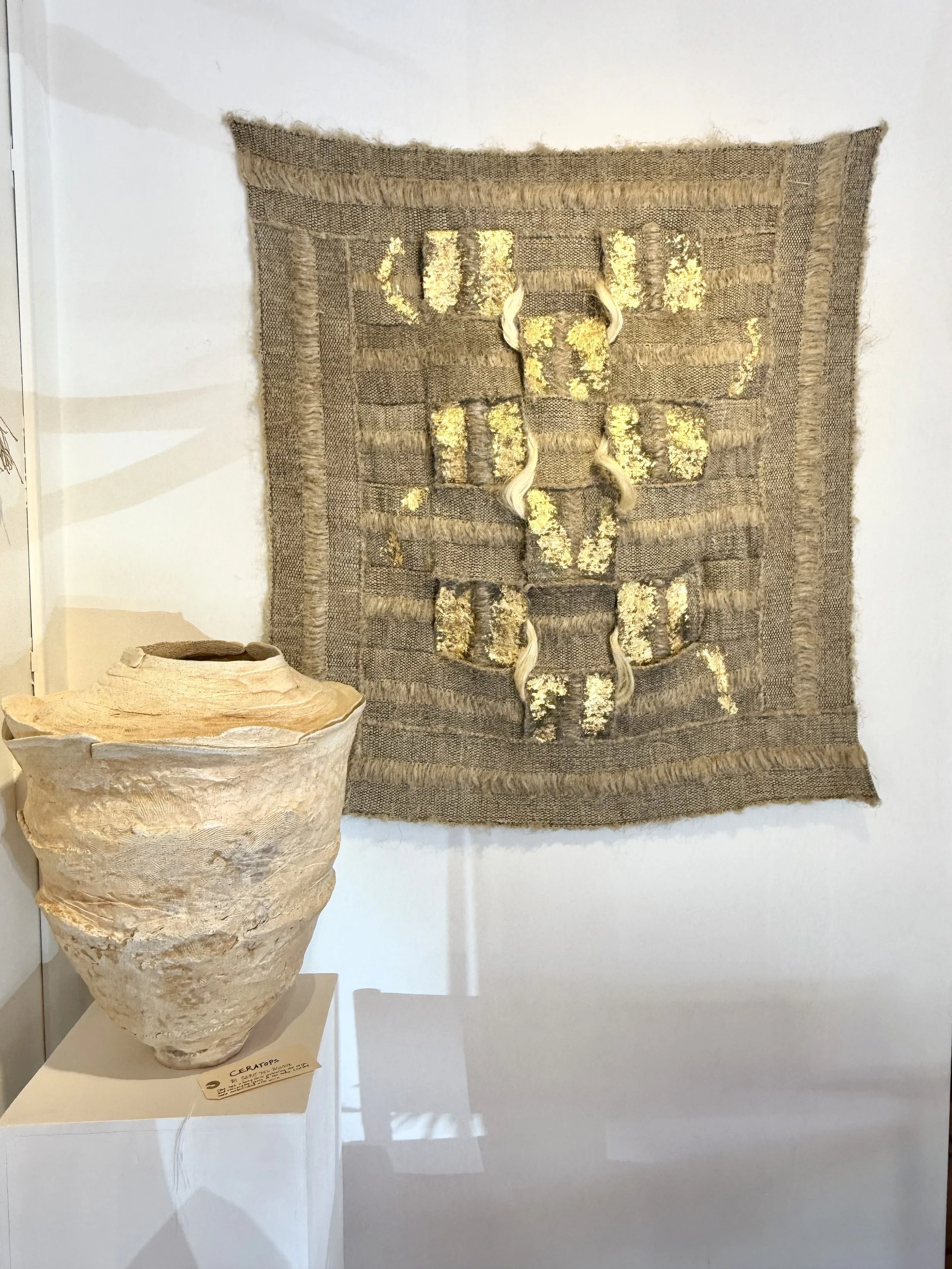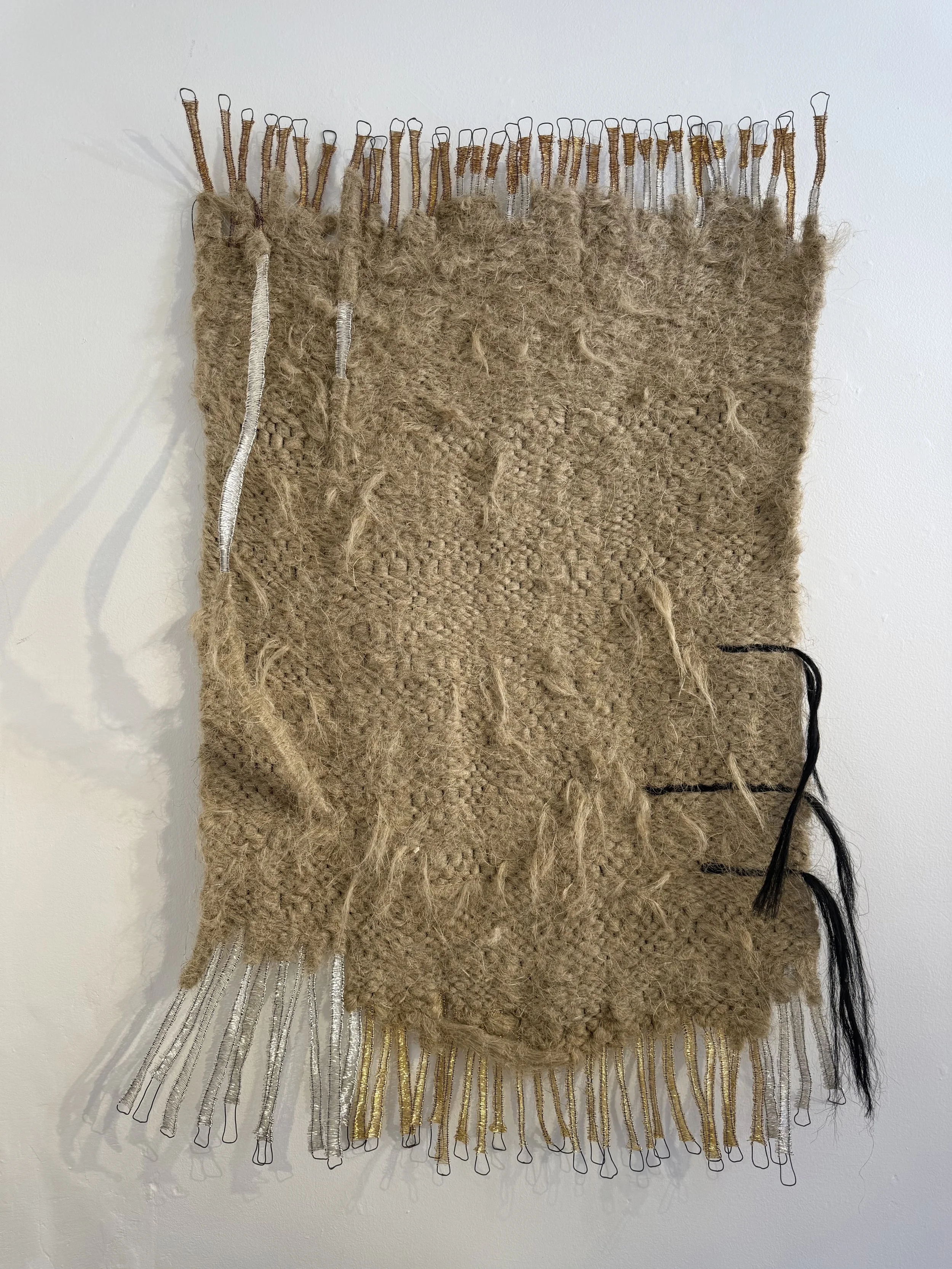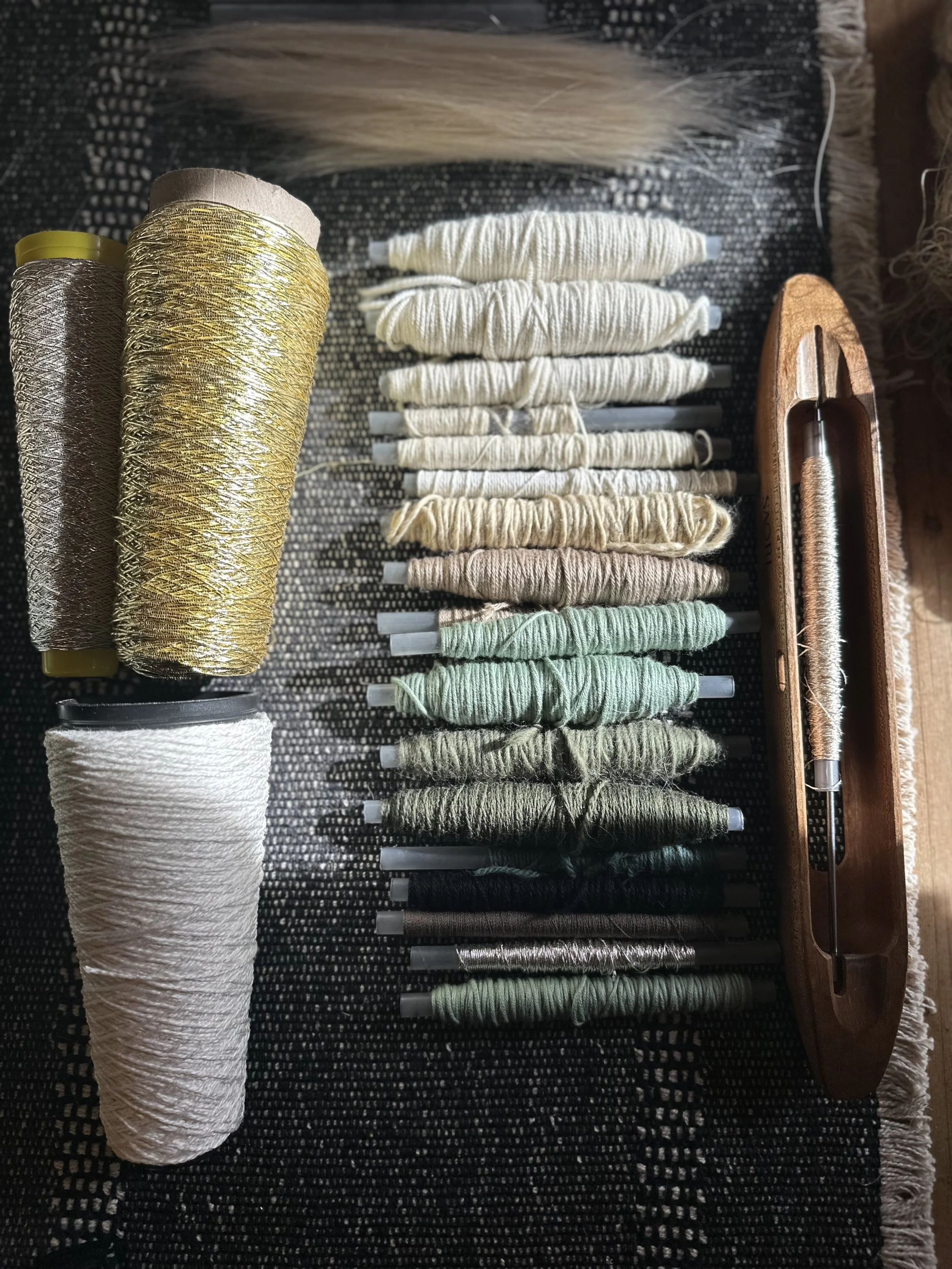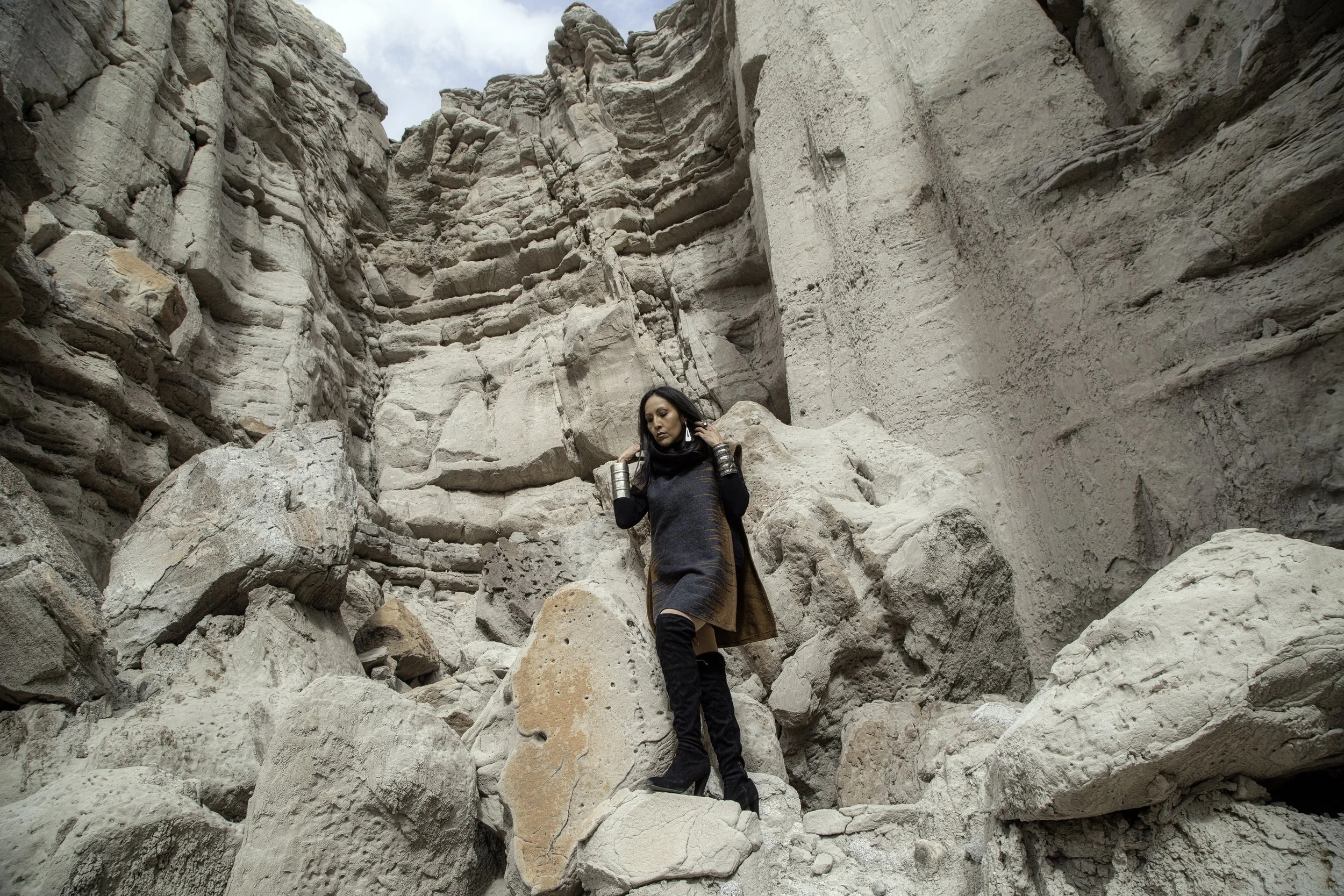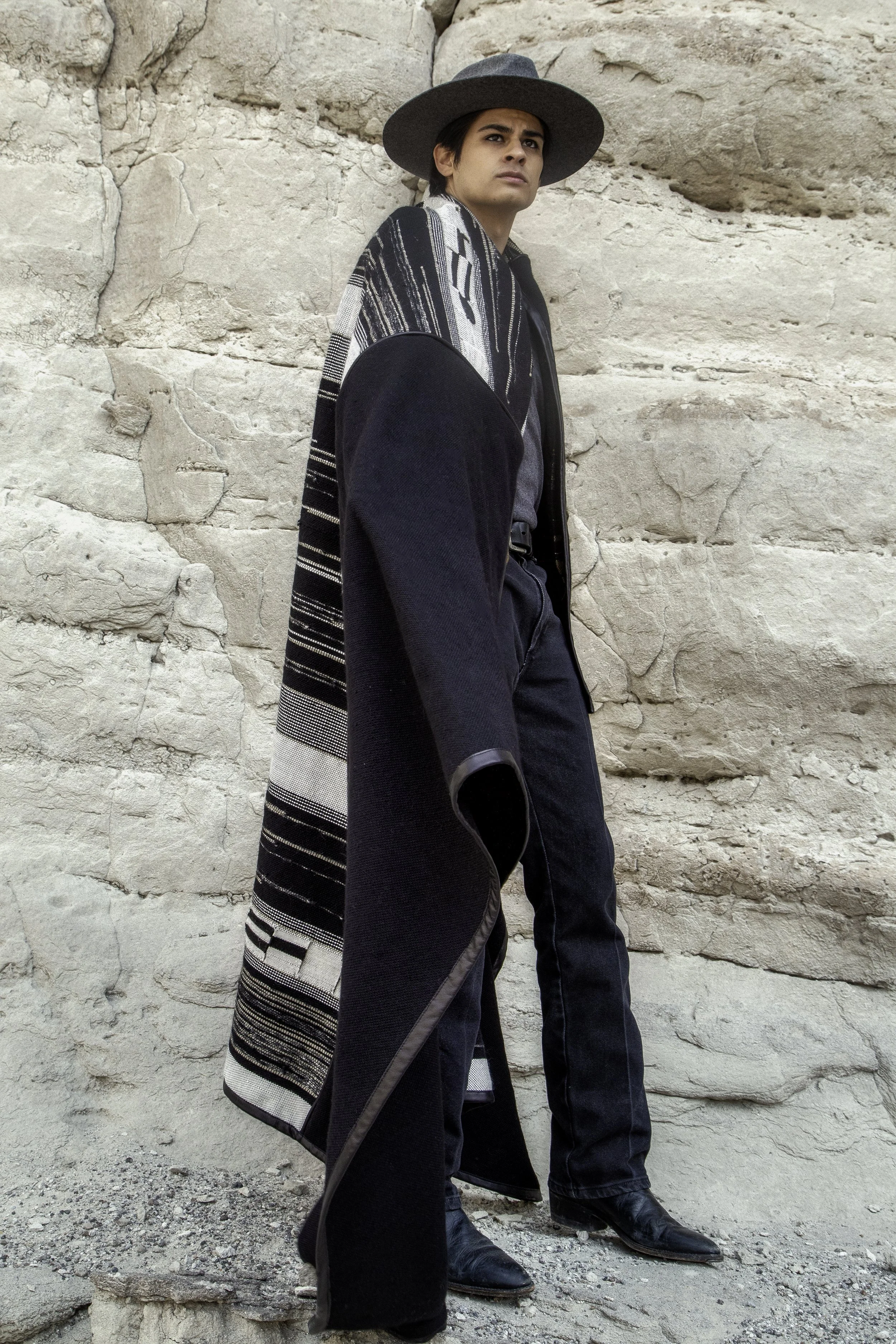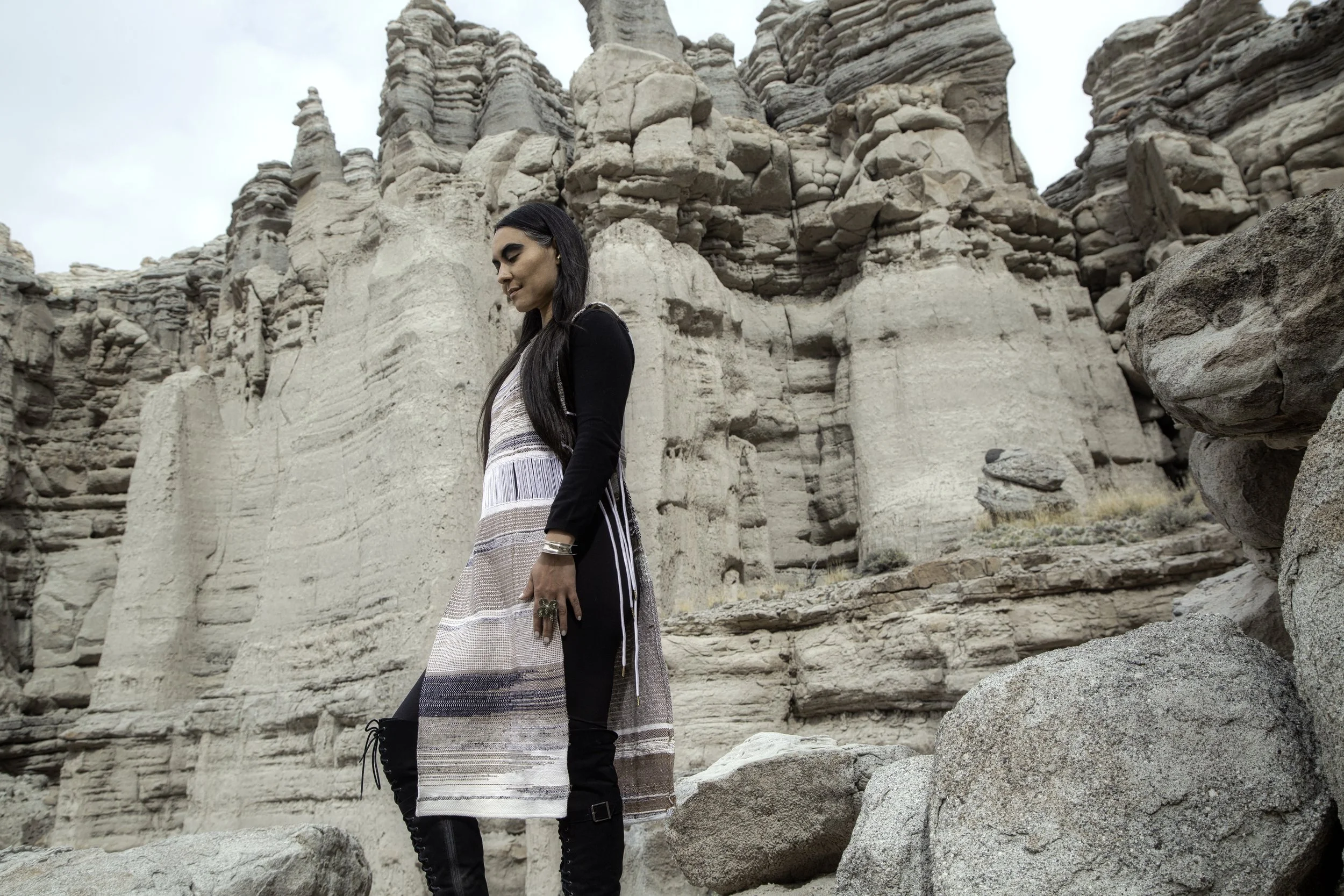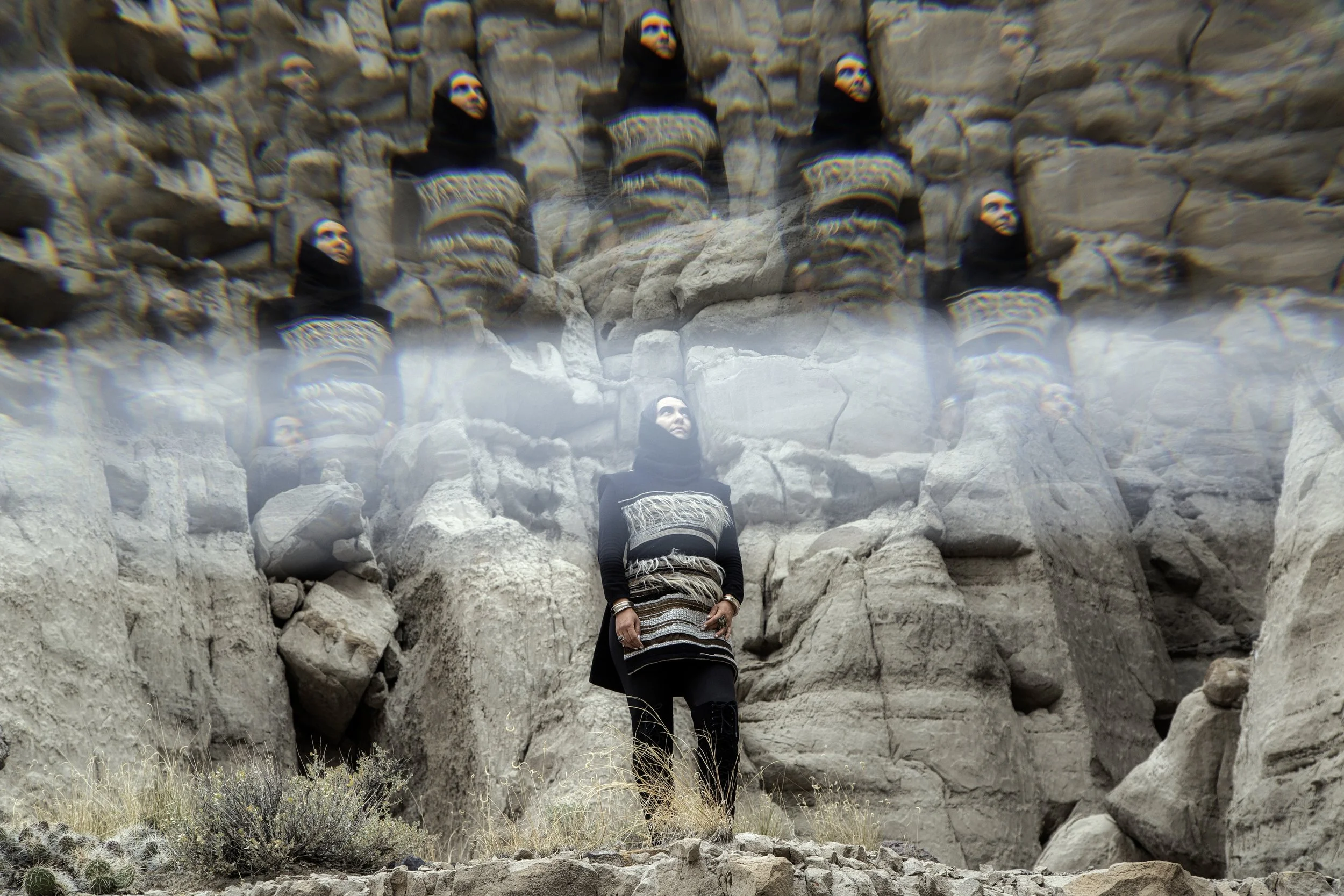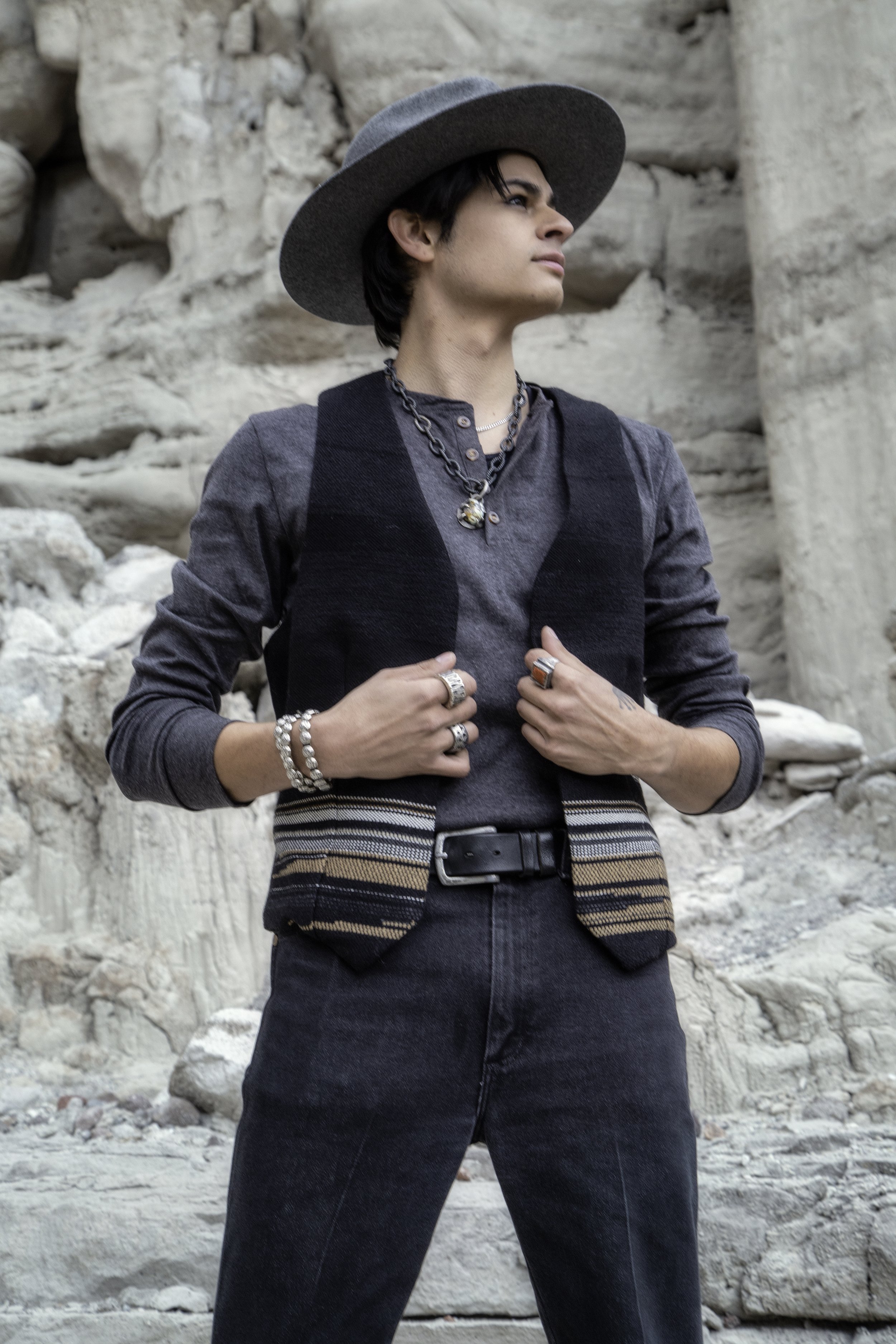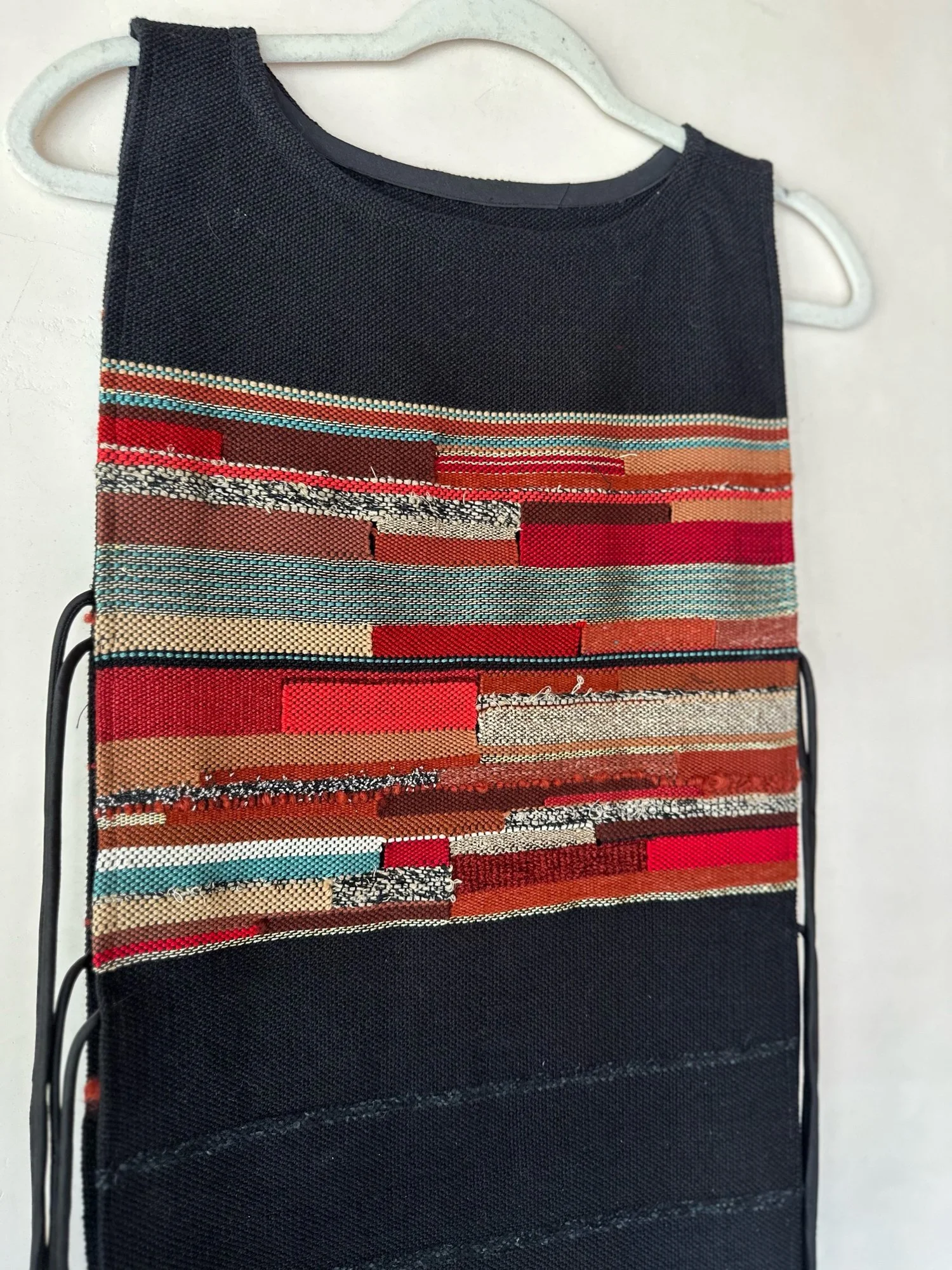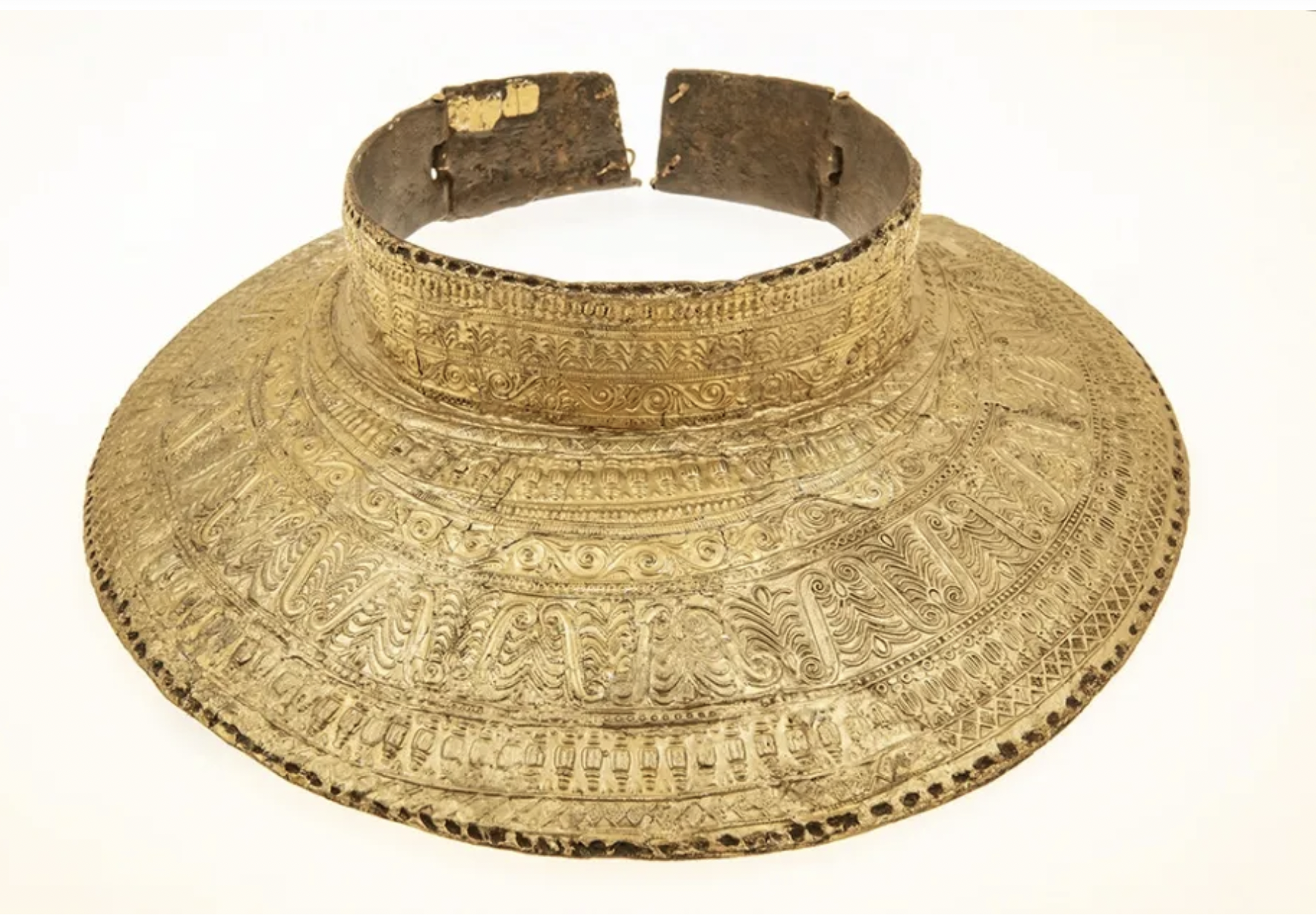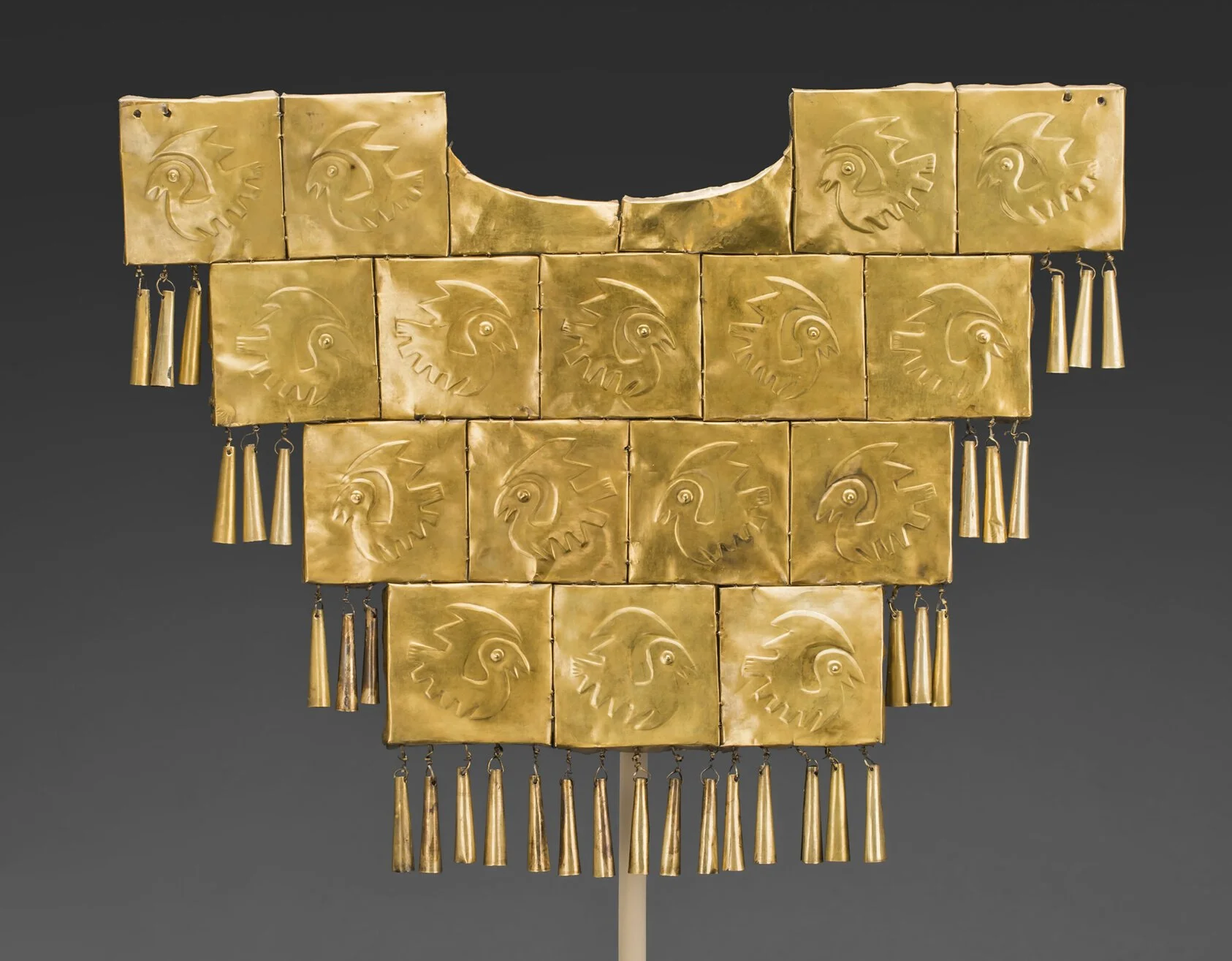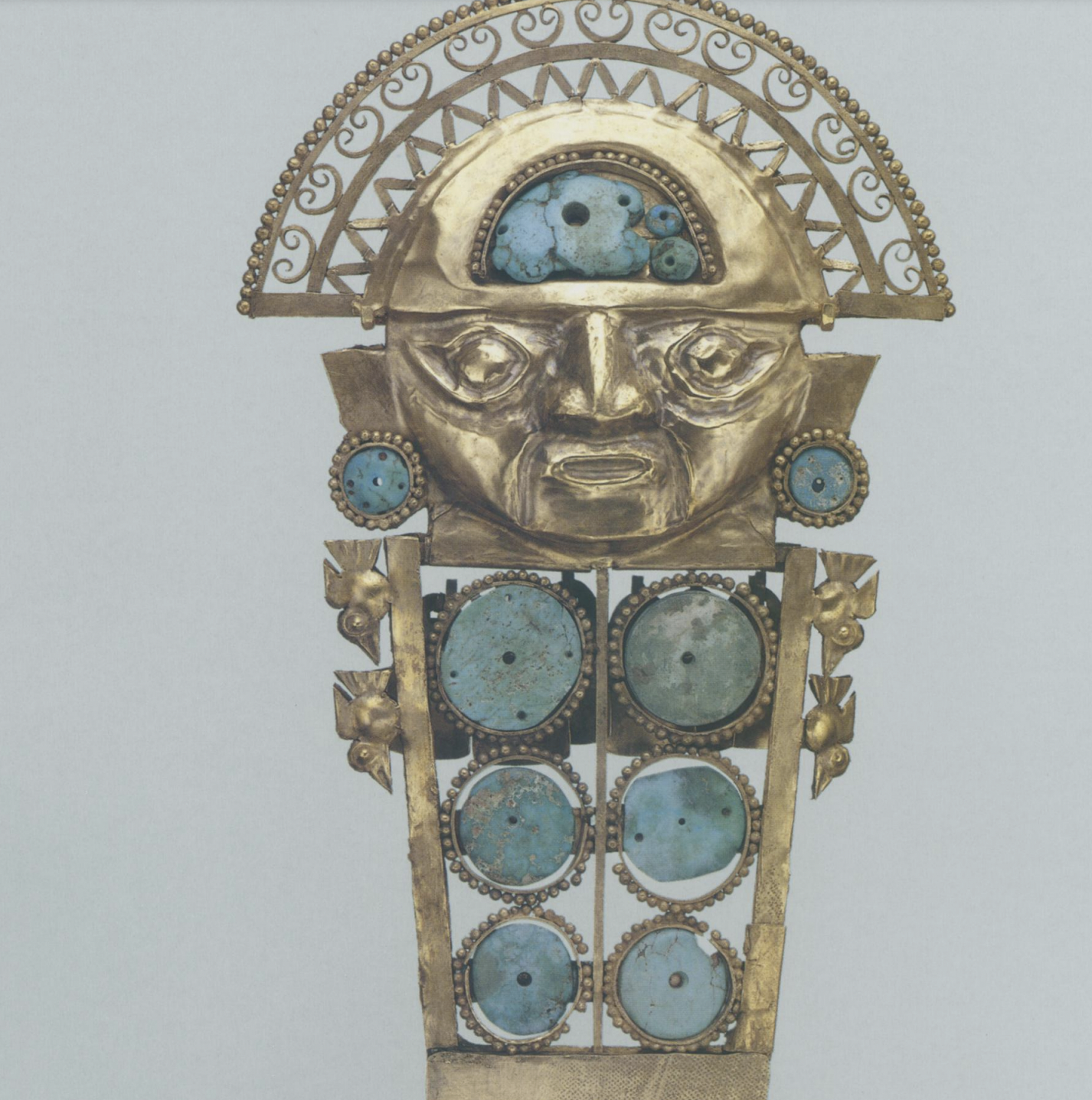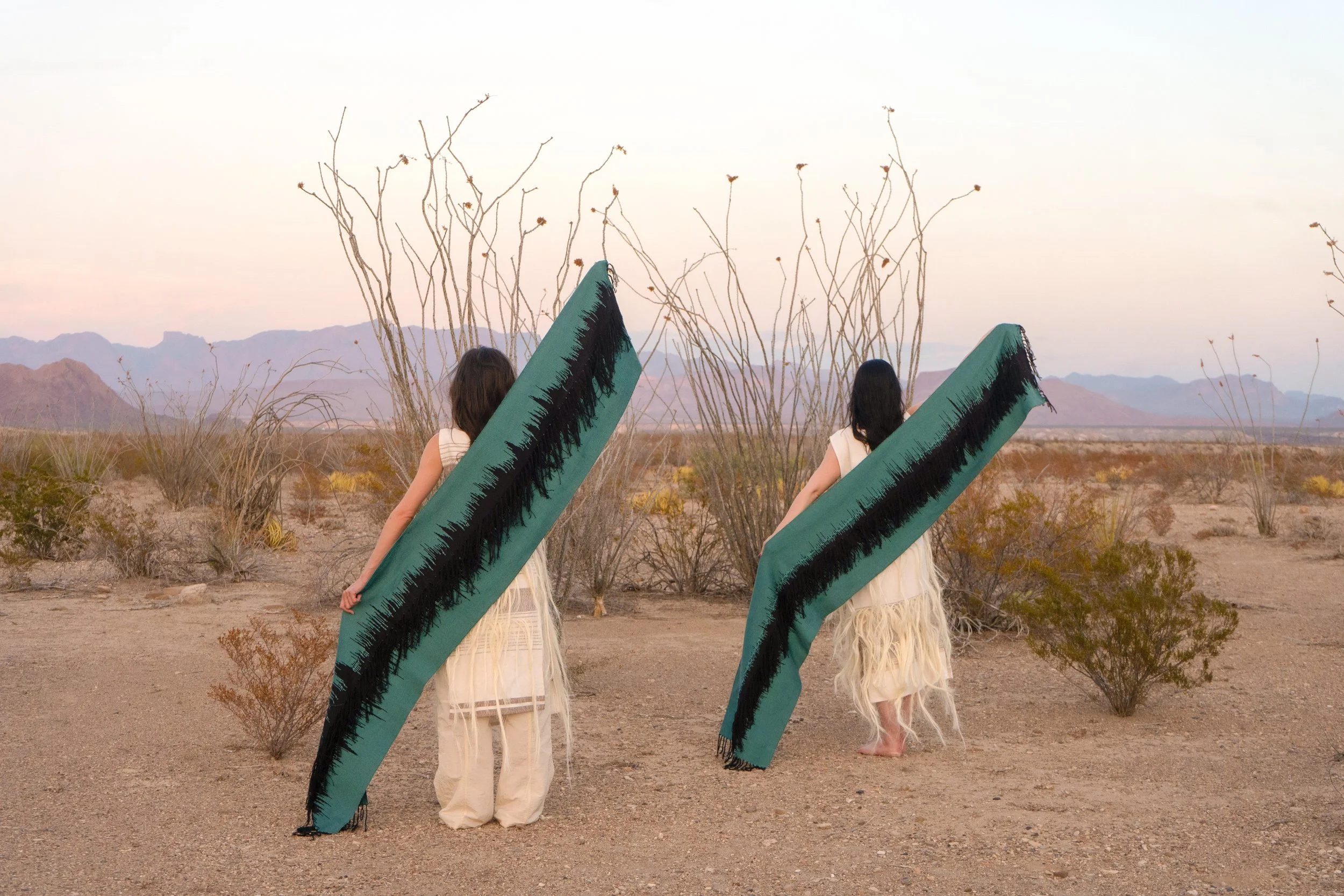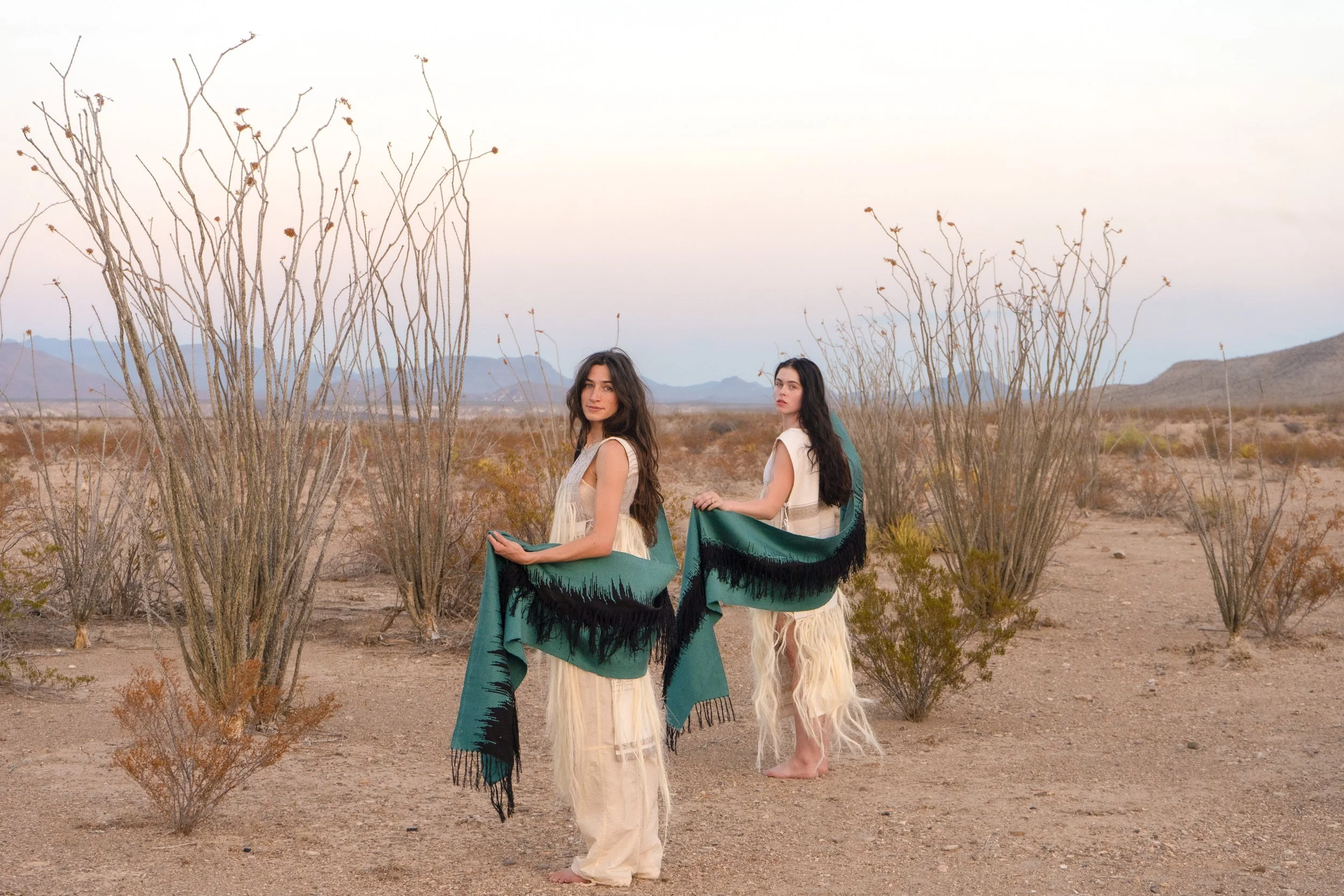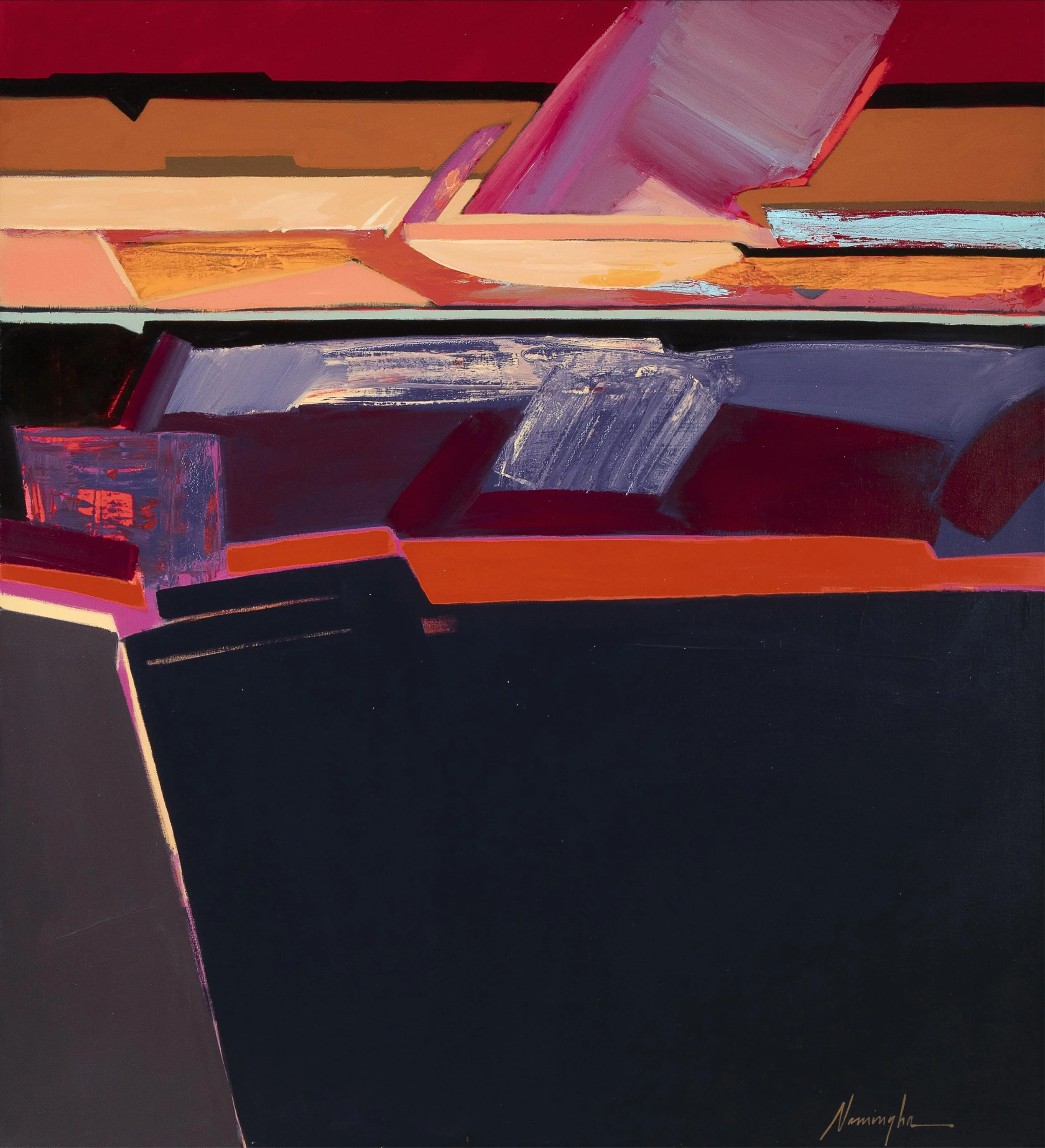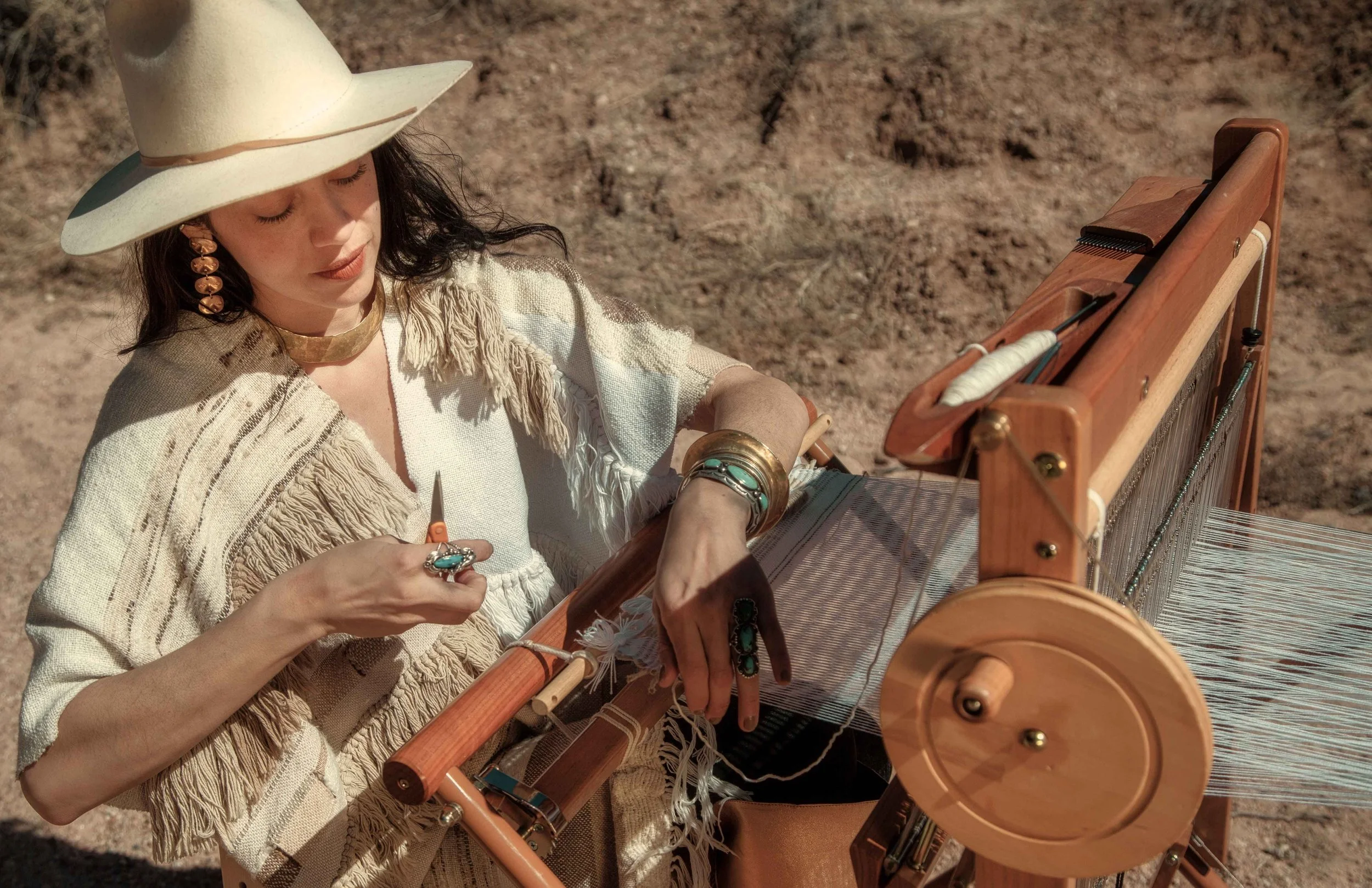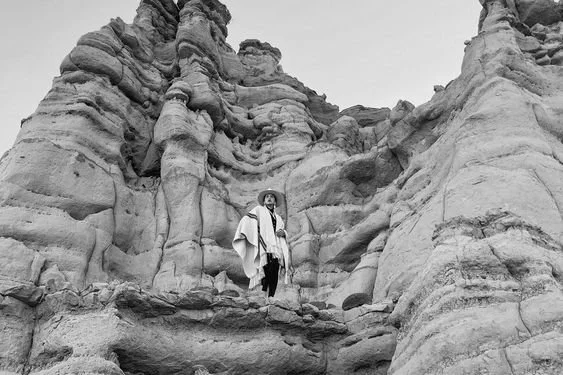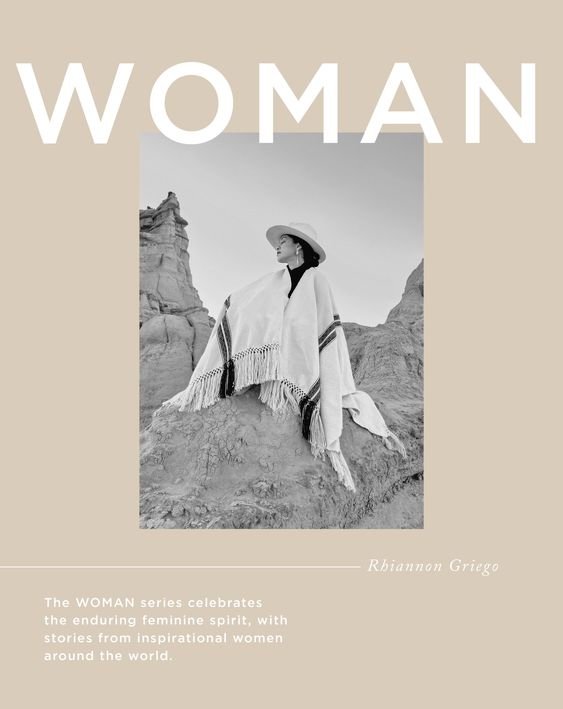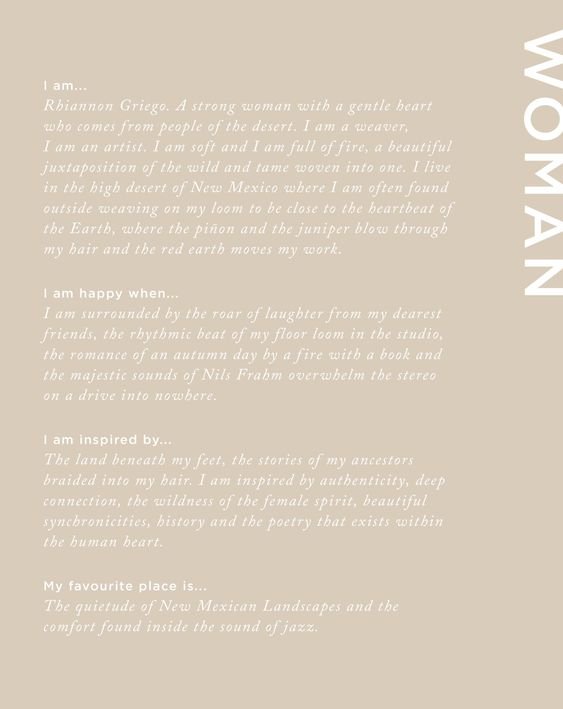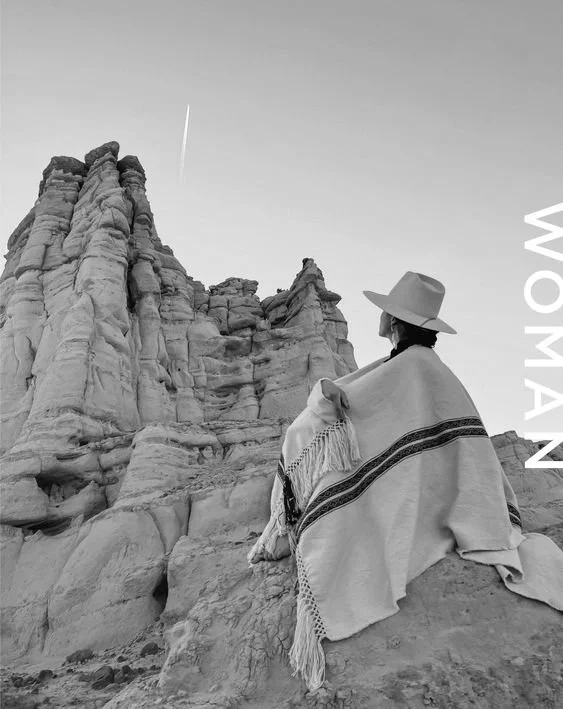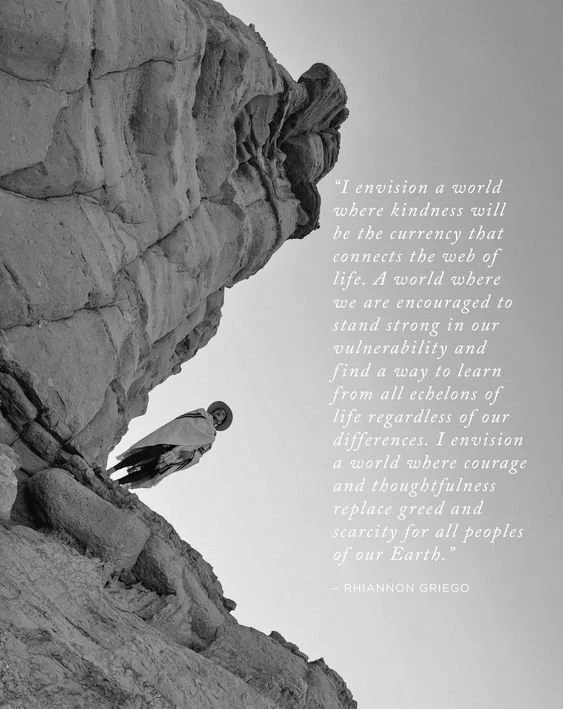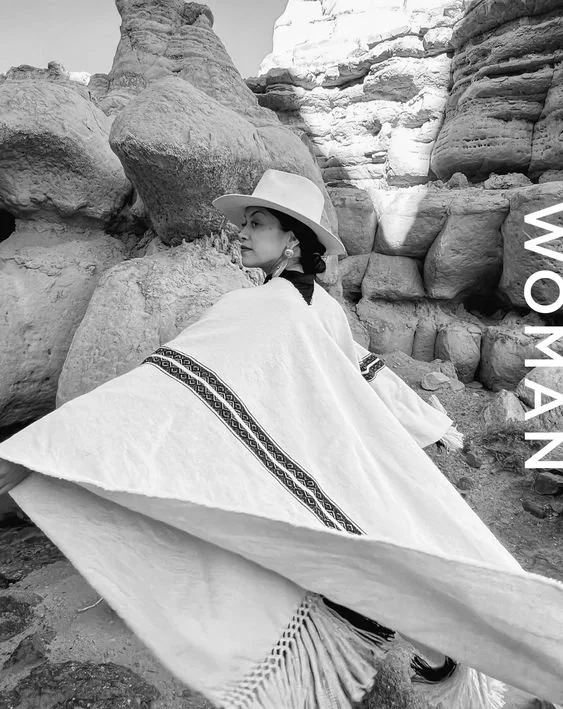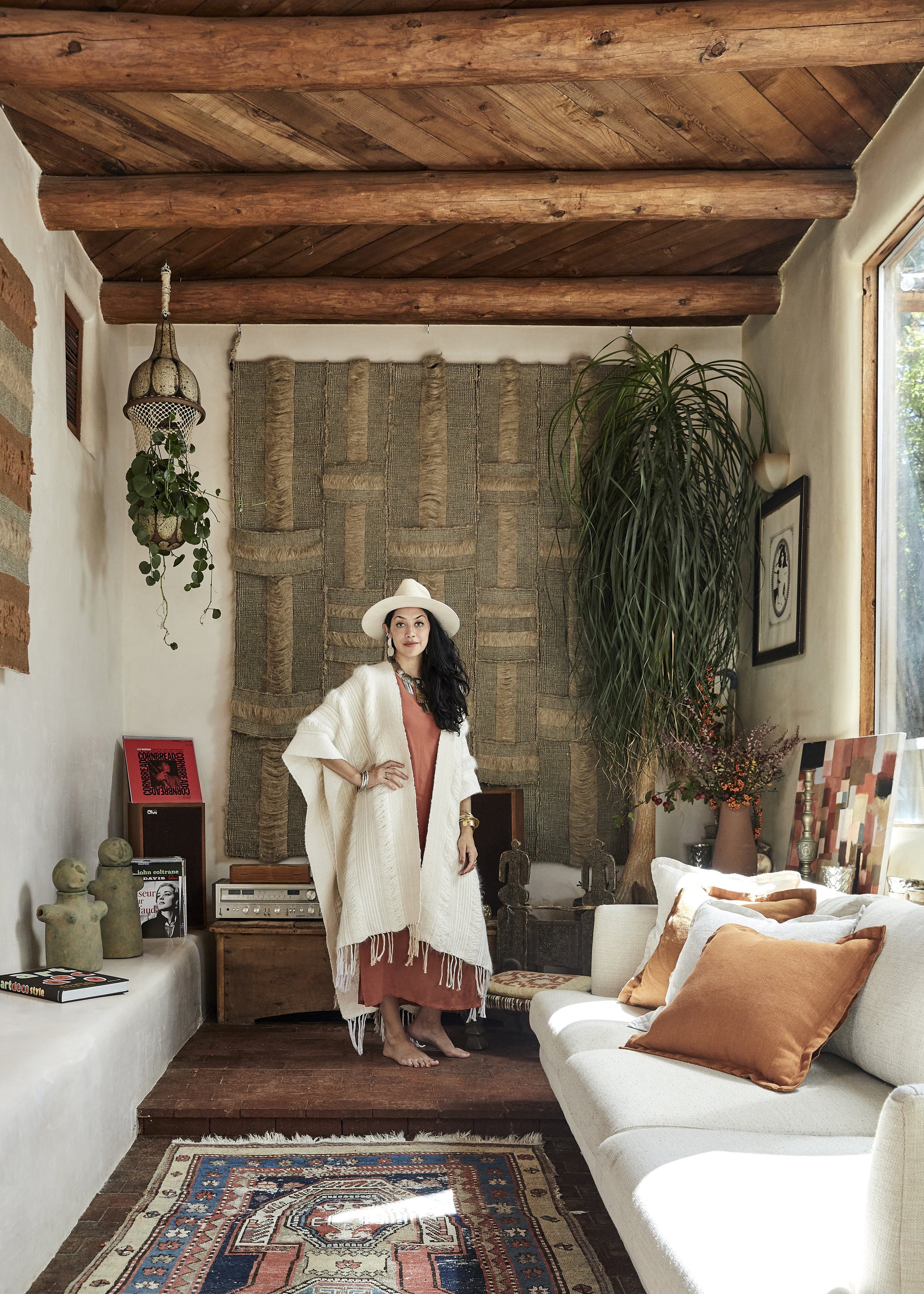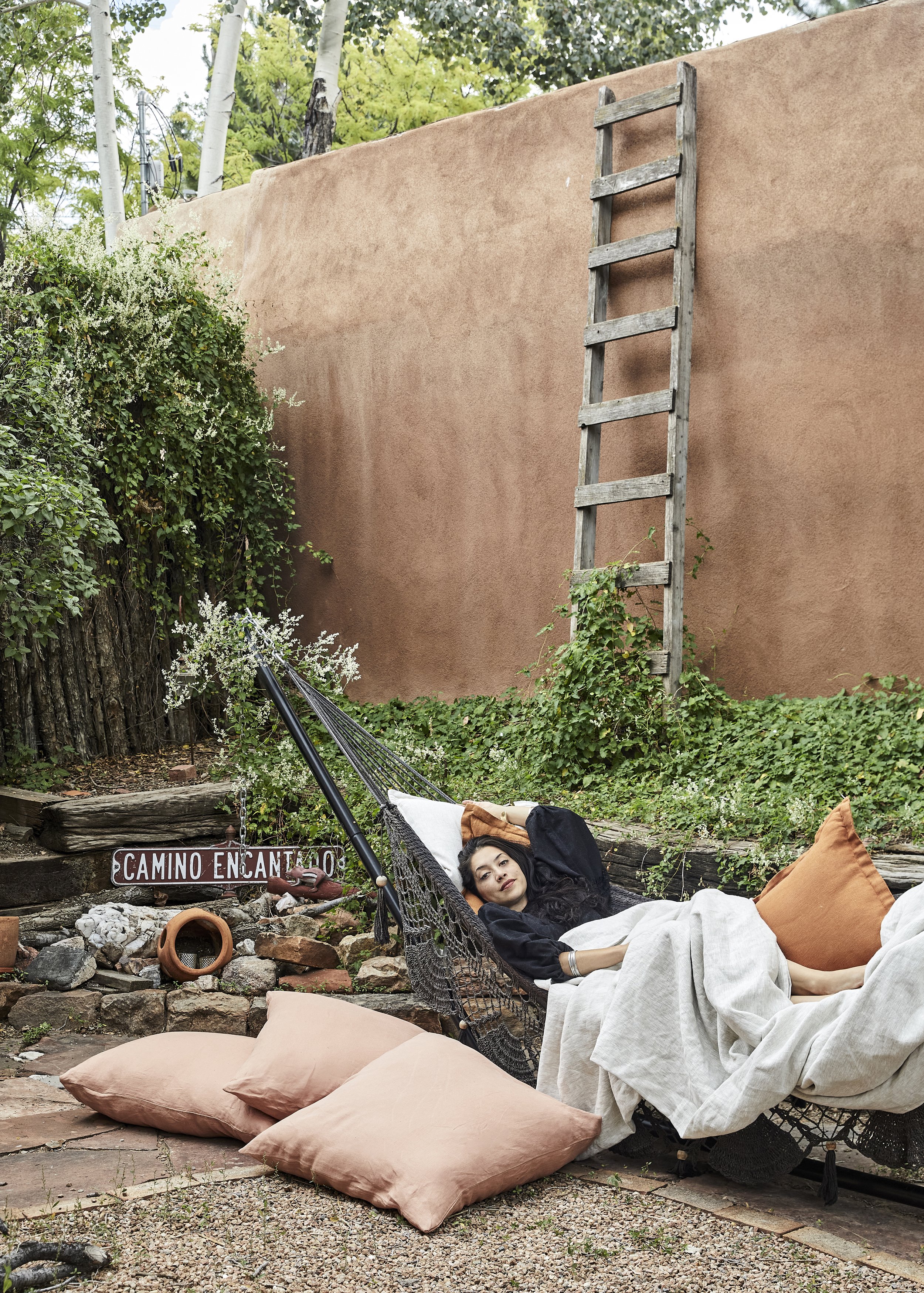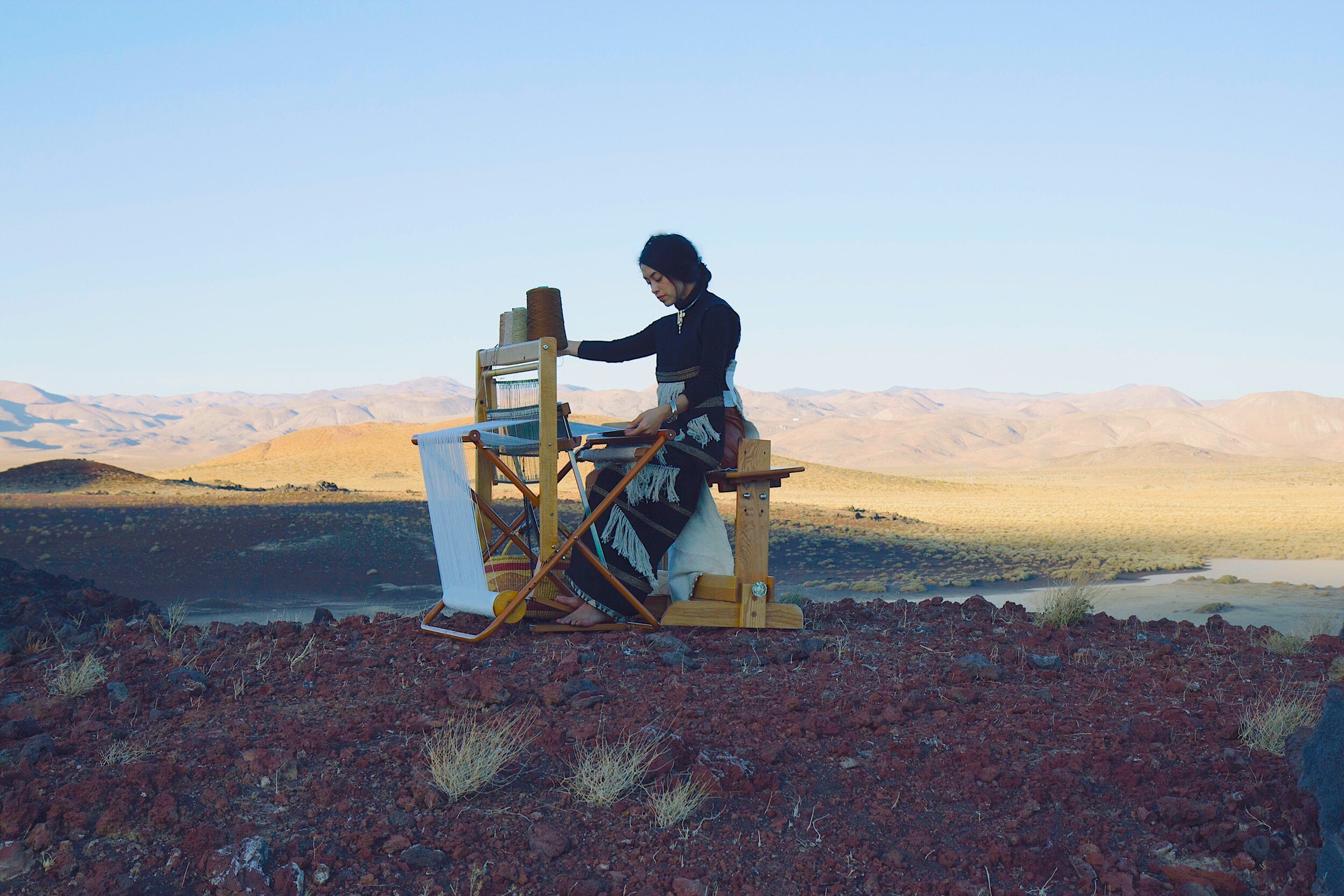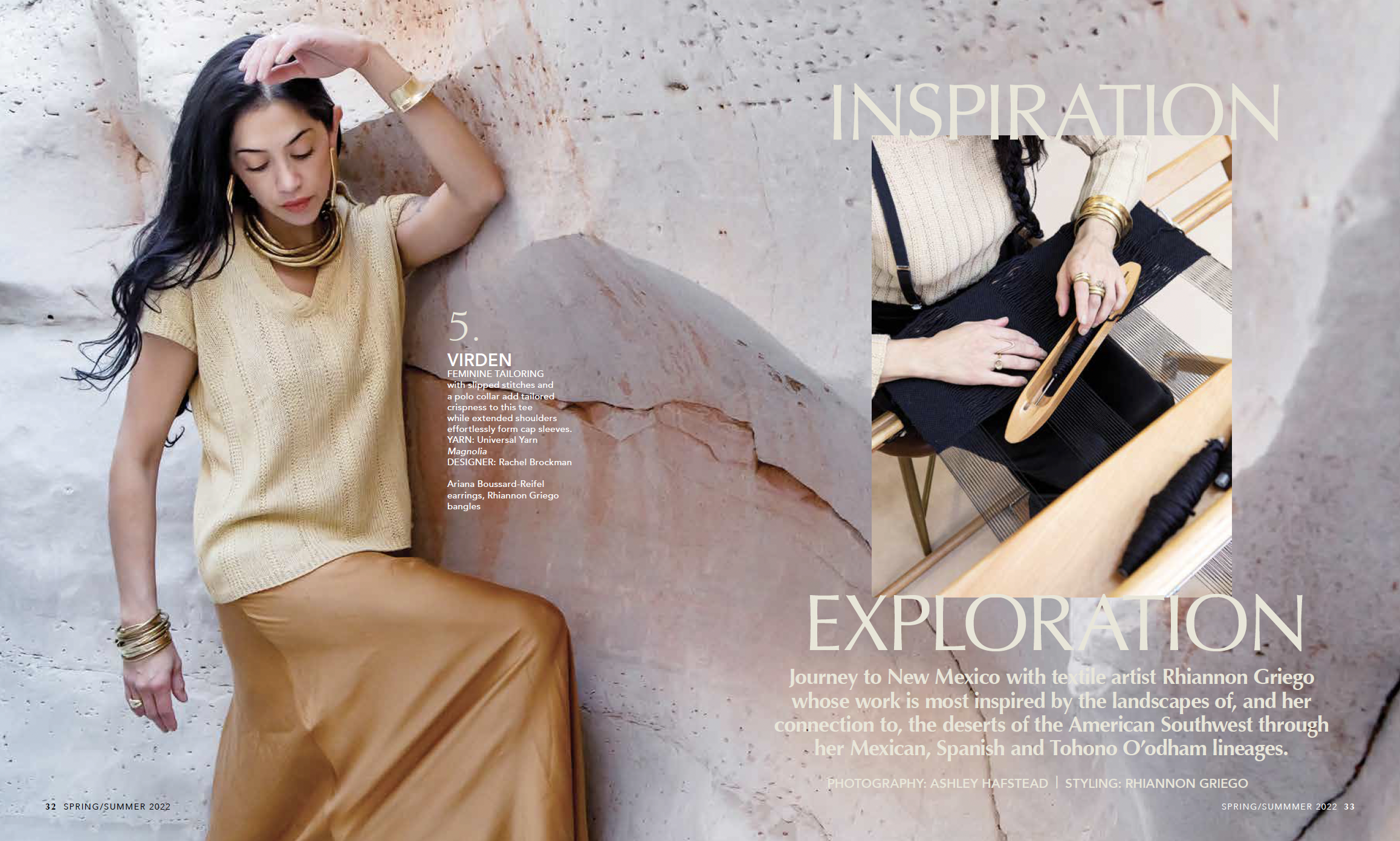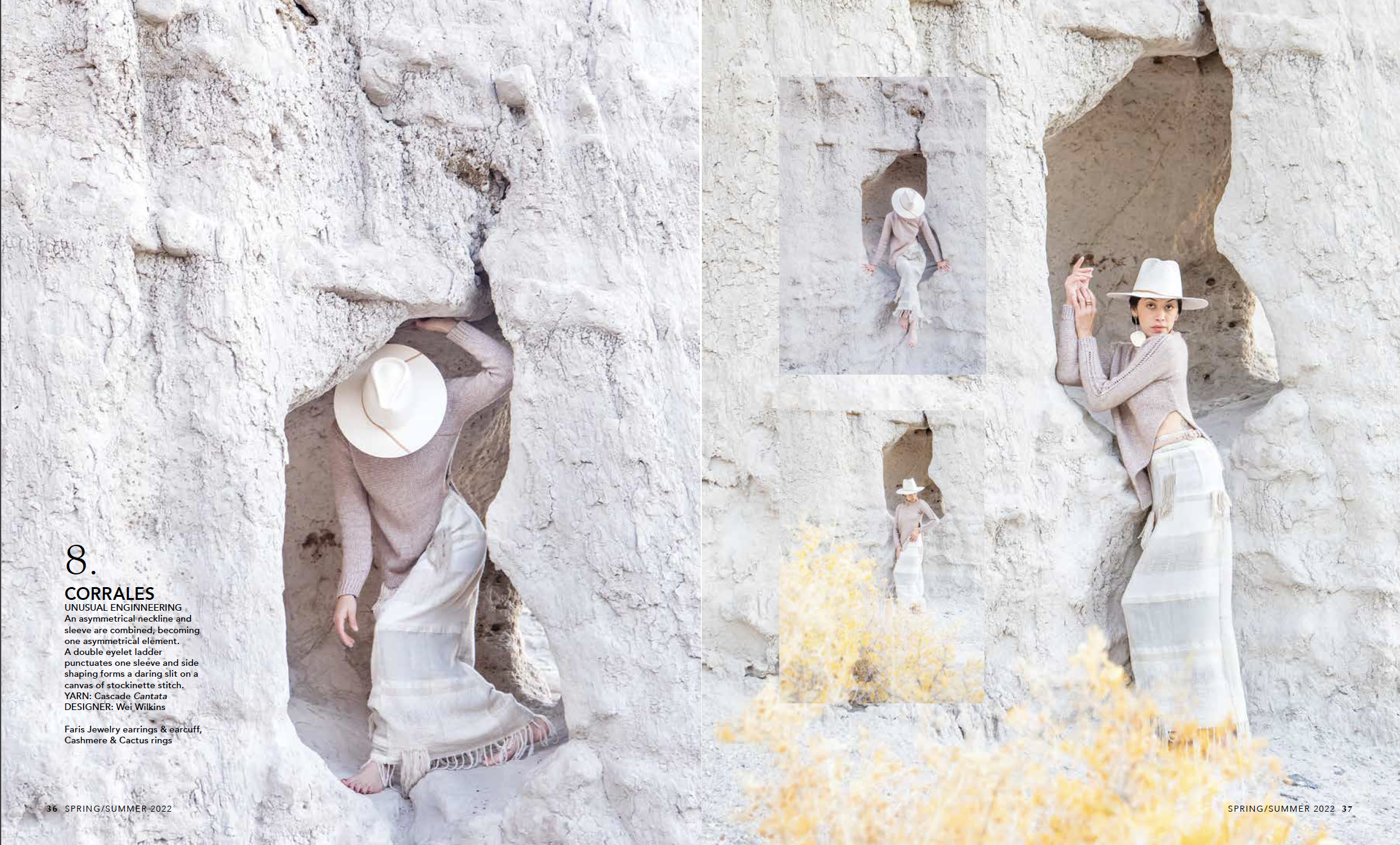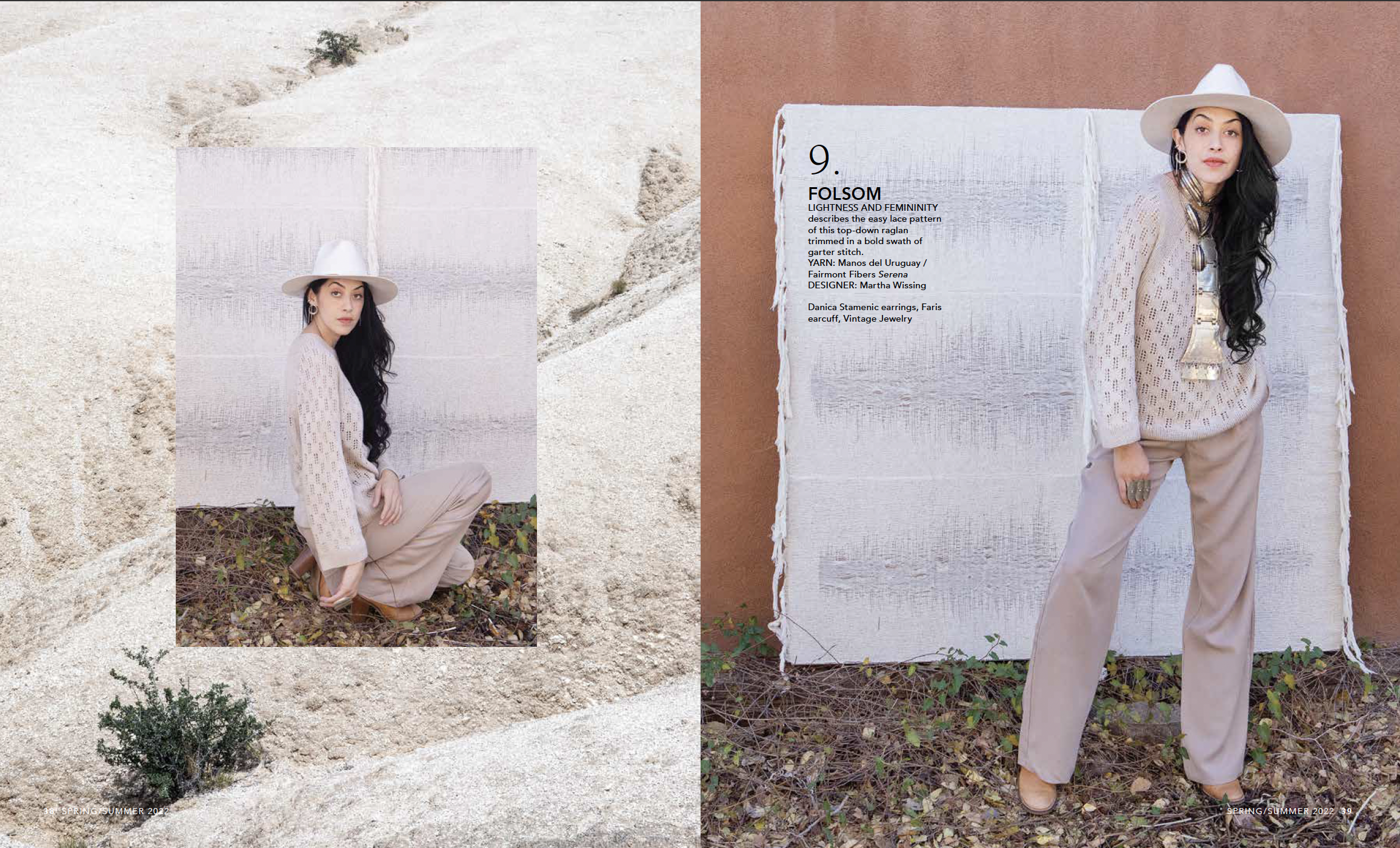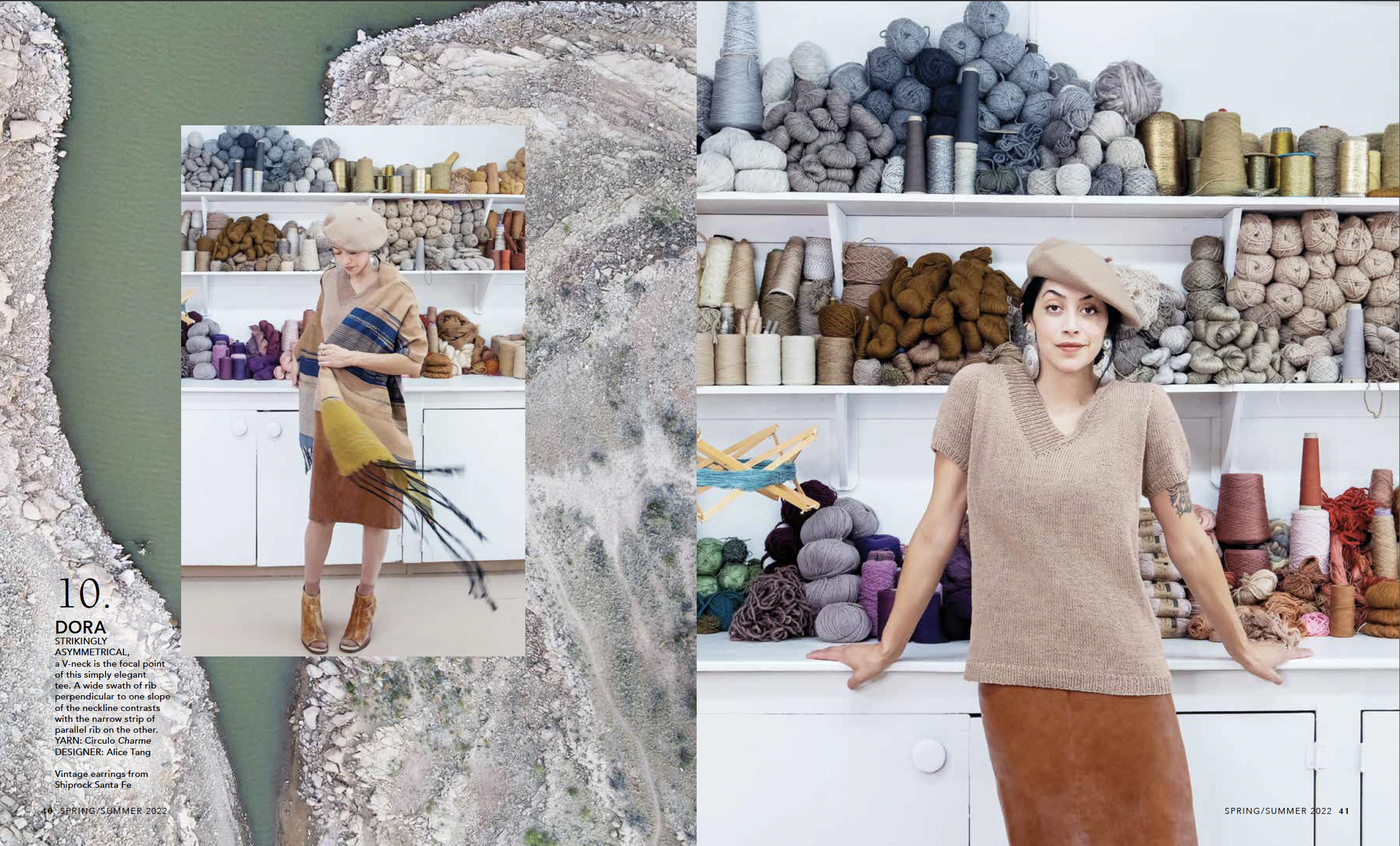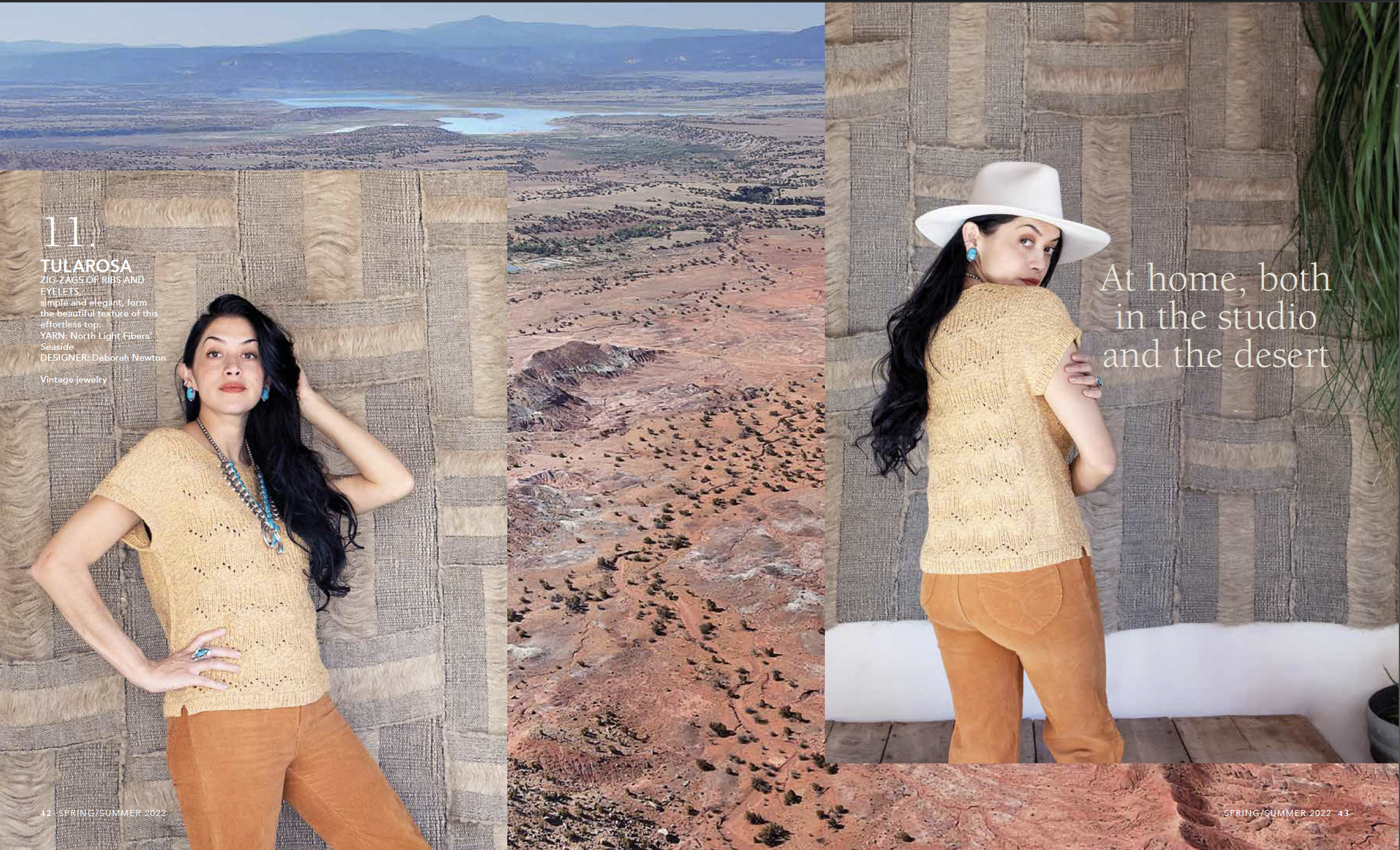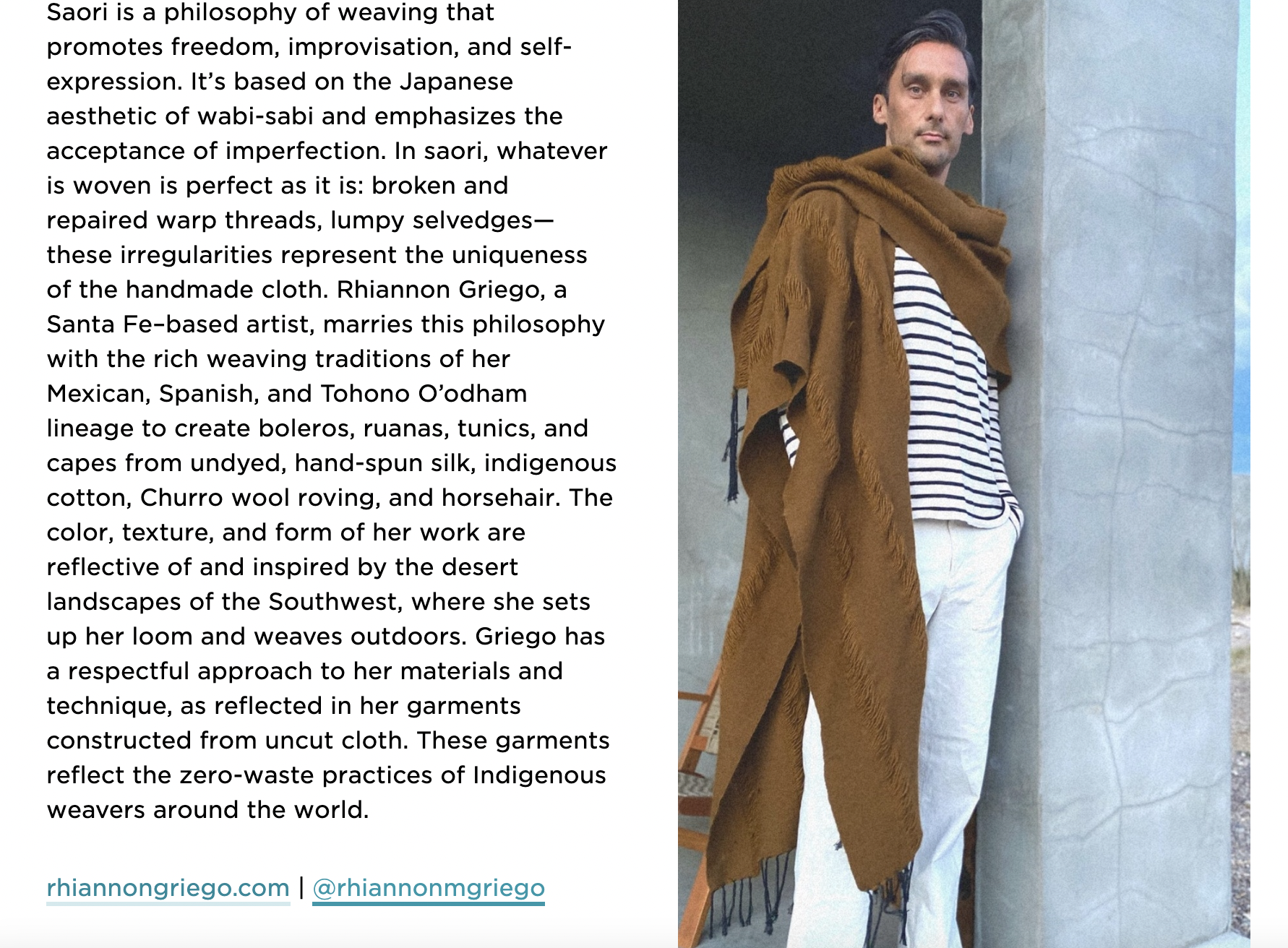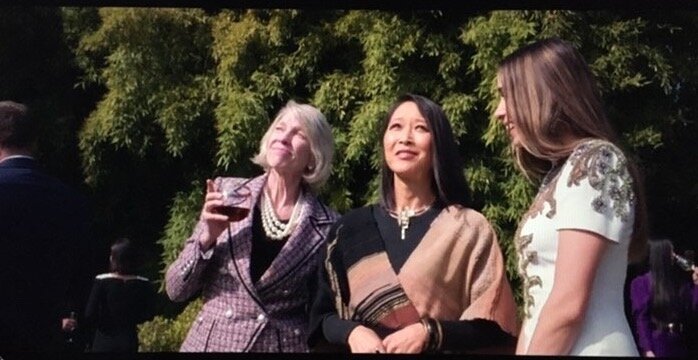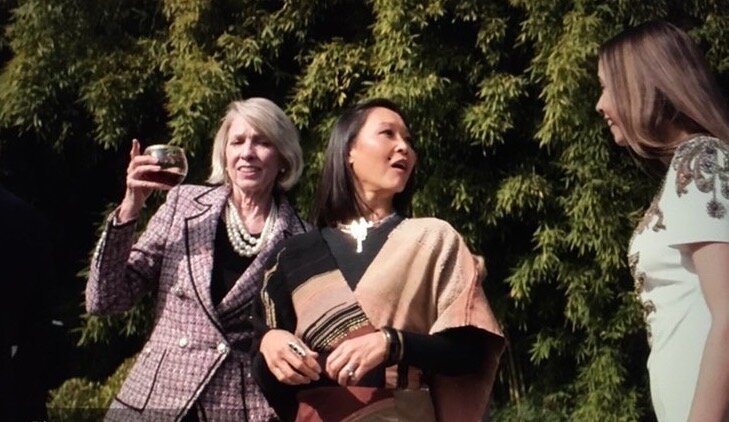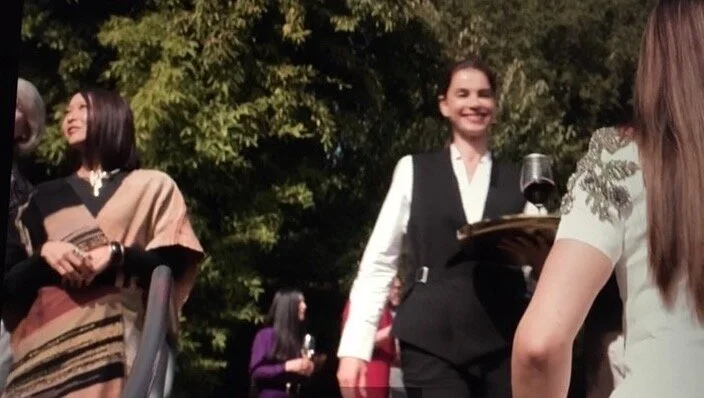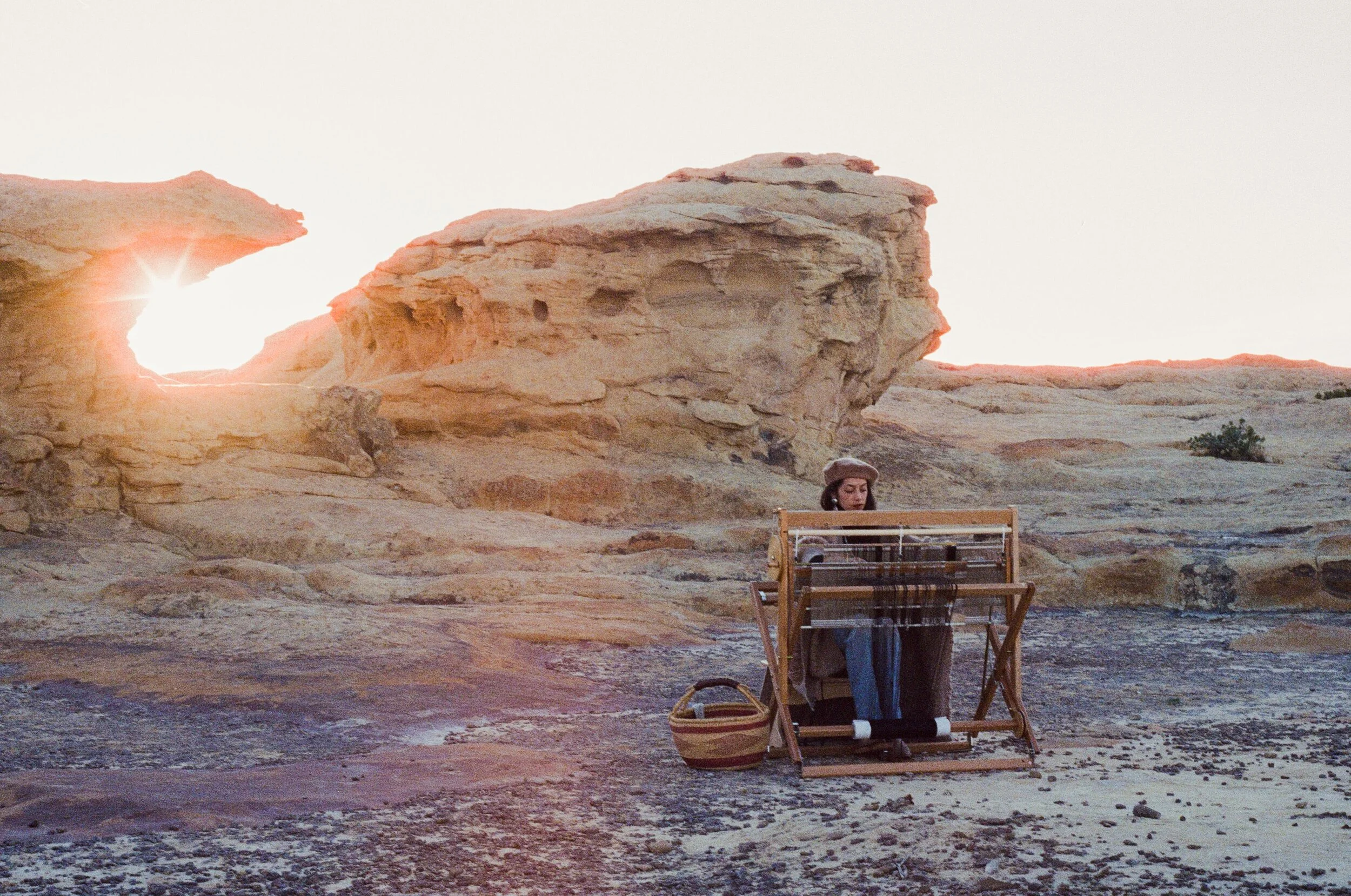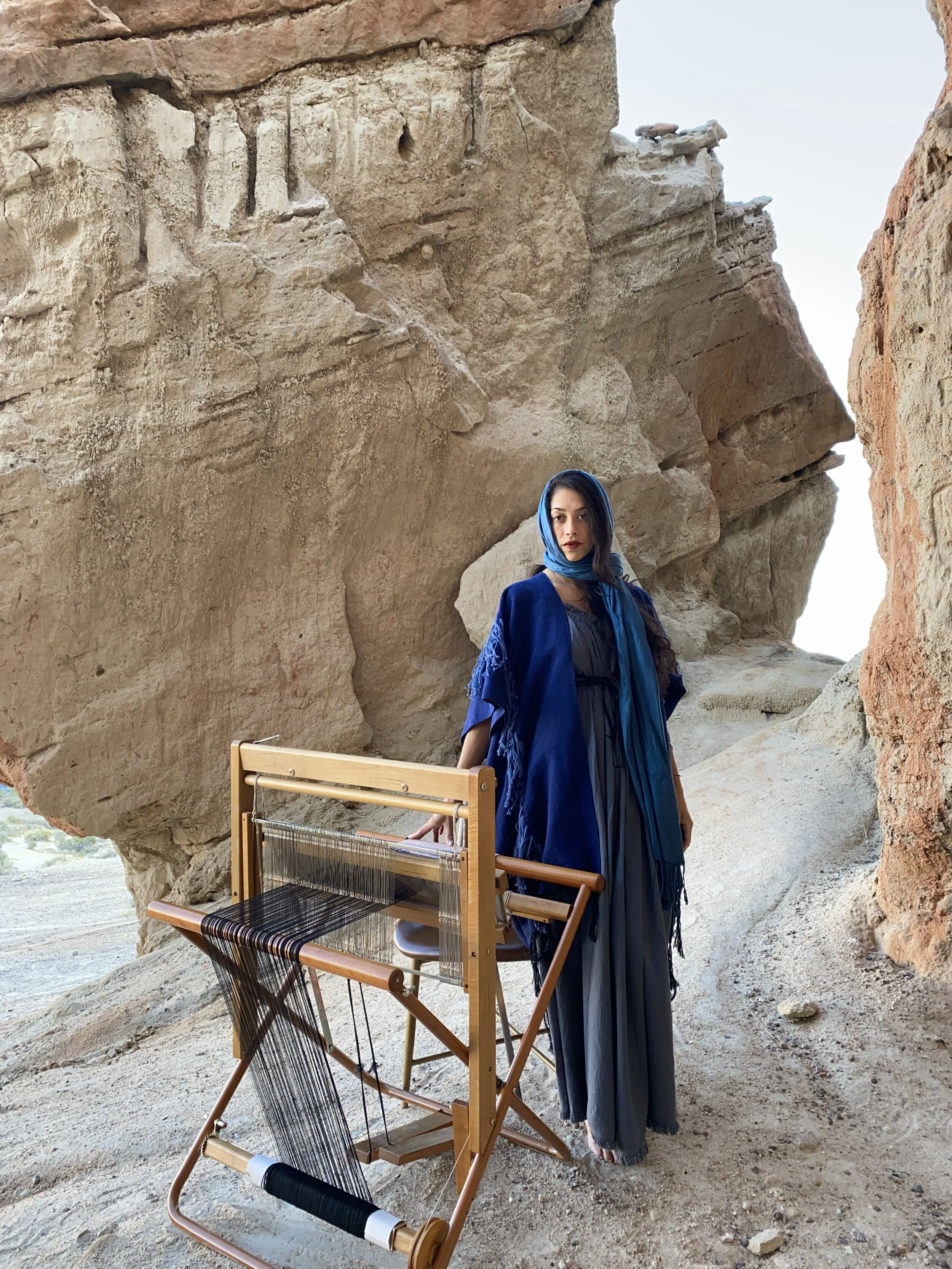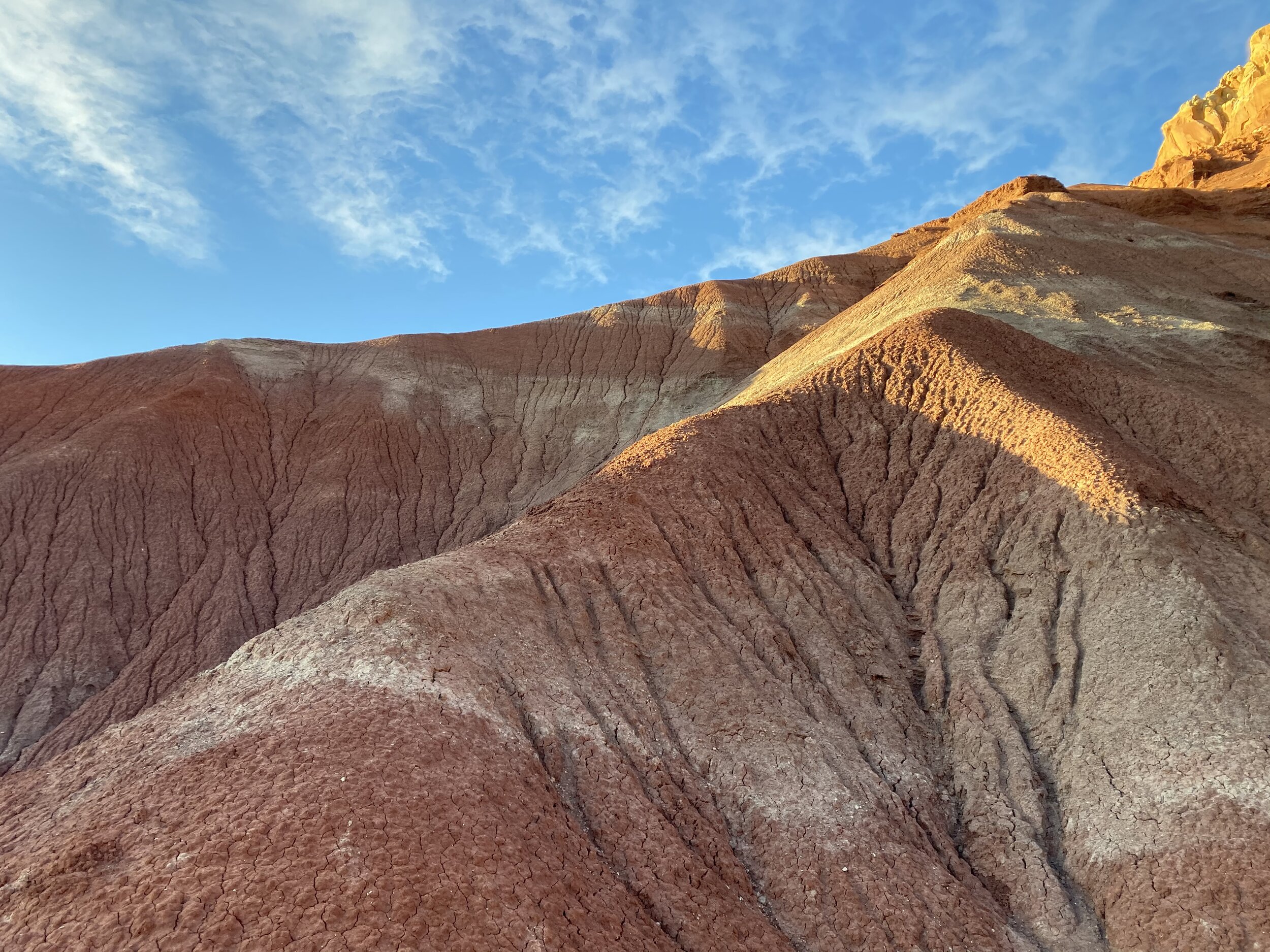Today feels like the song “ Some Velvet Morning “ by Nancy Sinatra & Lee Hazlewood. I recommend you put that song on spotify if you’re reading this.
I’m attempting to write more of the blog so the audience, the collectors, the curious visitors to my website are welcomed into my mind. I’ve always been a writer, writing is how we communicated in my household when we weren’t able to find the right words to say growing up. I recall the moment my English teacher in highschool told me I should explore my gifts there after my grandfather passed and I wrote a piece about him. Typically, my written process is an expulsion of words & thoughts that ruminate far too long in my mind at times, upon others, caffeine fueled musings that barrel out in the mornings. I enjoy writing in my journal when I’m heartbroken as there is only so much we can say about the process in words to friends but I rarely write when I’m happy, so it’s a new trial for me here.
In my late teens, I used to chat on AOL, lipstick & cigarettes & make out club, a platform comparable facebook or myspace for those in the alternative music sphere. We used to write quirky profiles and list all the bands we liked, chatting about our favorite songs & era’s of music that moved us. It reminds me how important music is to my life, to my creative walk in this lifetime. Silence is teaching me new songs these days but it is music, the way it tantalizes my ears to open up minds eye visions that moves me the most beyond all visual arts. I also say that as a visual artist. I will forever be in awe of the way a Rothko can steal one’s breath the way Nils Frahm can steal my heart or the way The Rachels will remind me of the time I was 23 in the summer season of my life in Ashland, Oregon, balancing myself on the railroad tracks as the album played in my headphones and I popped Rainer cherries in my mouth fresh from the farmers market. I remember that moment because all I wanted to do was to plant fruit seeds everywhere I traveled in the world without fully understanding the relationship behind planting seeds, water, soil and season. I was whimsical to say the least with my desires to bring more beauty and watch trees sprout everywhere tho! There is such a metaphor for care of the planet in wanting to plant seeds everywhere and watch trees grow. Am I the only person that wants to hug redwoods that have been there for centuries and listen to the steadfast wisdom they speak of only when you grow close to their bark? The impact of humans on the landscape has meant the removal of forests and trees, of the shade & strength we seek in a blazing hot summer and we need to ground ourselves against something firm so we don’t melt. Am I the only person who drifts back into time before Westward Expansion brought about the demise of small communities in traditional housing and wishes I could have seen it? Before asphalt was a thing, before 5g towers killed birds and made the landscape metallic? This is why I often label myself as Gil from Midnight in Paris, a nostalgic time traveler who feels grateful for the opportunity to share my thoughts world wide in hopes of finding like minding kin, and who equally curses the way species continue to go extinct because of our modern imprint. I digress…
Someone from my previous era of online chatting found me two days ago and I sent off a long email explaining my personal lore with New Mexico. Sometimes, I forget, how magical my unfolding into this state was. A long time of 13 years in the making before I moved here. Now, four years in, it’s began feeling magical again perhaps because I feel unattached. Attachment, I am learning as this stage of my life, is a thief of joy much like comparison. So, I am practising non attachment to happiness, to the constant flow state, to the steadiness because all of that is impermanent. But right now, in comparison to my last blog post the beginning of June, I am happy. Really happy. Life is flowing and my creativity abounds. I am proud of the work I’m creating, I am proud of who I am and I am proud of myself for always trying to let go, let be, live and keep my heart open to new surprises around the corner. In recounting the magical tale of my story to New Mexico to this person, I’m feeling the enchantment with it all again. Right up to the point I have been staying up till 2am weaving this new work the last two weeks every night, stepping outside around midnight to feel the temperature on my skin at that time, to inhale the quietude aside from the few street racers slamming on the gas and wasting a tank in a matter of seconds. I’m reconnecting with the night, something I often race to avoid in the dead of winter for coziness. It’s like a starlight blanket of summer that wraps you in with warmth, playfulness and a siren’s song that sings you to the water’s edge for a mid day bathe.
Whenever someone asks you what makes you happy, what would you say? In this moment of life, I would share the happiness I’m presently feeling is the connection to friends, connection to myself, my heart as it feels appreciated by those in my life. Without our mirrors, without friends, life really feels dull. I’ve always been surrounded by an eccentric & eclectic group of friends so in this moment of abundance, the happiness shines out of my eyes. My life is always an ebb and flow here in New Mexico, the state of consistency being one that I have struggled with strongly so now it is swinging high with beautiful company, I love to share it.
Here is the piece in agave fiber, horsehair, churro wool, jute & wool I have been engaged in, hand combing every thread, experiencing a tension the higher I rise towards the top of the weaving, which honestly makes me squirm like nails on a chalkboard. I never knew I’d feel a visceral reaction to tension this way on a loom but I don’t like it being so thick I have to actively use my left middle finger to hold it taught just to weave the weft in.




